E-EWS – jetzt kommt Strom ins Spiel! Auch die Macher der Enduro World Series, kurz EWS genannt, haben Ideen zu einem elektrischen Format, welches der EWS würdig ist. Erstmals wurde das neuartige Konzept in Finale Ligure in einem Testevent ausprobiert. Wir waren gemeinsam mit Profis aus dem Cube Action Team am Start und haben extremen Flow gespürt, geschwitzt und uns über fast unfahrbare Uphill-Sektionen gequält. Hier erfährst du die Details.
E-EWS – welches Konzept steckt dahinter
Die Enduro World Series – kurz EWS genannt – stellt die absolute Königsklasse im Endurosport dar. 2012 von Chris Ball ins Leben gerufen, werden bei den Rennläufen dieser legendären Serie echte Helden geschaffen. Rund um den Globus gastiert der Profi-Zirkus und lockt jährlich eine große Schar von Fans an die Strecken. Kommendes Jahr wird es erstmals ein Rennen mit E-Mountainbikes bei der EWS geben. In Finale Ligure wurde der Ablauf unter realen Bedingungen getestet und man diskutierte über etwaige Verbesserungen, um mit dem ersten E-EWS-Rennen gleich mal den neuen Benchmark zu setzen.
Interessant ist, dass es immer mehr Rennformate für E-Mountainbikes gibt. Seit 2014 gibt es bei der Enduro One eine E-Bike-Wertung, in Monaco wurde die WES präsentiert, die UCI möchte 2019 erstmals Regenbogen-Trikots und Weltmeistertitel vergeben und auch die Macher der EWS denken ernsthaft darüber nach, ein E-MTB-Rennformat in der Profiliga zu etablieren. Chris Ball (ehemaliger Fahrer im DH-Worldcup und Gründer der Enduro World Series) und Enrico Guala (ehemaliger Trialfahrer, Veranstalter und Moderator diverser Enduro-Rennen) haben Anfang Oktober ausgewählte Gäste aus dem EWS-Profilager, der Industrie und zwei Redakteure zu einem einmaligen Testevent nach Finale Ligure eingeladen. Das neue Konzept wurde in der Theorie präsentiert, direkt im Anschluss in der Realität auf Machbarkeit getestet und danach wurde offen über Verbesserungen gesprochen. Eine sehr löbliche Herangehensweise, wenn man bedenkt, dass manch anderer Veranstalter auf die Stimmen aus dem Starterfeld schlichtweg pfeift und einfach „sein Ding“ durchzieht.
„Leute, die Uphills müssen so technisch sein! Wir sind hier in der Profiliga der EWS und nicht im Kindergarten,“ sagt Enrico Guala, italienischer Veranstalter diverser Enduro-Rennen und sympathische Plaudertasche, im Nachhinein über die Streckenauswahl der E-EWS.
Die Gesamtstrecke für einen Renntag betrug knapp 44 km und etwas mehr als 1.600 hm. Anfangs hatte man 6 Stages geplant – auf einem Extraloop sollte der berühmte Mens-DH angesteuert und gezeitet werden – dies wurde aber schon vor dem Start gestrichen, denn die Strecke wäre einfach viel zu lang geworden. Gut möglich, dass so ein Loop beim richtigen Rennen in 2019 für die Starterinnen und Starter in der Pro-Wertung enthalten ist, wir durften beim Testrace aber darauf verzichten. Ganz ehrlich? Niemand war deshalb böse.
5 Stages für Profis
Gemeinsam mit Gusti Wildhaber, Zakarias Johansen und Claus Wachsmann vom Cube Action Team haben wir die Möglichkeit gehabt, die 5 Stages der E-EWS unter die Stollen zu nehmen. Spannend ist der Ansatz der Veranstalter, das Rennen in ca. 70 % Downhill und 30 % Uphill aufzuteilen und der Versuch durch harte Downhill-Sektionen gefolgt von triallastigen Uphill-Passagen ein Motor-Tuning gänzlich sinnlos zu machen. In der Realität hat dies absolut überzeugend funktioniert.
„Mit dem Cube Action Team begleiten wir den weltweiten Enduro-Rennsport seit Beginn der Enduro World Series und sind mit unseren Athleten sehr erfolgreich. Viele der Erfahrungen, die wir hierbei sammeln nutzen wir in der Produktentwicklung, um die Performance unserer Serien-Bikes (mit oder ohne Motor) stetig zu verbessern und hiermit unseren Kunden das beste Trail-Feeling zu vermitteln.
Genau das werden wir auch in Zukunft mit dem E-MTB-Rennsport tun. Wir werden unsere Hybrid-Modelle im maximalen Einsatz bewegen, um die Leistung und Performance zu verbessern und für den interessierten Kunden sichtbar und greifbar zu machen.“ – sagt Claus Wachsmann, Teammanager des Cube Action Team und auf dem Trail ein schneller & sympathischer Racer.
Auf dem Trail stehen irgendwann Schilder die verraten, dass hier die sogenannte „Trailsection“ beginnt. Hier hat man eine vorher festgelegte Startzeit bekommen und darf auch erst zu diesem Zeitpunkt losfahren. Wie schnell man auf diesem Abschnitt fährt, ist jedem selbst überlassen, denn die eigentliche Stagesection, deren Zeit letztlich gewertet wird, beginnt erst irgendwann auf dem Trail. Erkennbar ist der Start der Stage an großen Pfeilen, die links und rechts des Trails stehen und eine Art Einfahrt symbolisieren. Man möchte hiermit vermeiden, dass auf flachen Passagen Vorteile oder Nachteile durch unterschiedliche Motorsysteme zu arg ins Gewicht fallen. Deshalb startet die Zeitnahme erst an wirklich kniffligen technischen Passagen.
Ich starte um 10:07 Uhr und muss um 10:44 Uhr am Start der ersten Trailsection stehen. Vom Vortag – hier durften wir die komplette Runde einmal abfahren – weiß ich, dass der Transfer hinauf zum Start extrem hart und knifflig ist. Bei sengender Hitze quäle ich mich den schmalen Uphill hinauf, schiebe durch Rinnsale und hieve mein E-MTB enge Treppenstufen hinauf.
„Puh, ich mach drei Kreuze, wenn ich oben bin!“ höre ich mich leise nuscheln, als ich kaum noch Luft bekomme.
Direkt nach dem Start geht es ein kleines verblocktes Steinfeld hinauf. Wir feuern uns gegenseitig an, nicht jeder kommt fehlerfrei hinauf. Zum Glück ist dies noch die Trailsection und hier geht es noch nicht um eine Top-Zeit. Irgendwann cruise ich auf einem flachen schmalen Trail entlang, sehe die roten Pfeile und weiß: Jetzt gilt’s! Vollgas geht es um zwei Kehren und zack bin ich mitten im Wald. Der Trail ist flowig, technisch nicht zu anspruchsvoll und stellt das perfekte Warmup für den restlichen Tag dar.
Die zweite Stage hat es in sich! Bis zur Hälfte reihen sich lose große Brocken an kleinere Gegenanstiege und schmale Trails. Bis dahin – alles easy. Nicht leicht, aber fahrbar. Irgendwann kommt eine enge Spitzkehre nach rechts und ab hier wird es hart, extrem hart! Spitzkehren, ich gebe es offen zu, sind jetzt nicht gerade meine Paradedisziplin, weshalb ich mich auf dem Rest dieser Stage wie eine lahme Ente empfinde. Ich schiebe, stolpere, hebe und falle die Kehren hinunter und bin heilfroh, als ich unten das Ende der Stage passiere.
„Meine Herren, diese Stage ist echt knüppelhart!“ sage ich zu den anderen Teilnehmern, die hier auf mich gewartet haben.
Auf der Trailsection zum Start der dritten Stage geht es viele technische Uphill-Passagen über Kalksteinplatten und knifflige Felsbrocken hinauf, ehe es dann in einen Wald voller knochiger kleiner Bäume auf den gezeiteten Abschnitt geht. Gleich zu Beginn überhole ich einen Mitstreiter, der sein E-Bike hektisch den Trail hinab schiebt. Nach der Stage erfahre ich, dass die Kolbenstange seines Stahlfederdämpfers gebrochen ist. Krasse Nummer! Die Stage an sich war flowig und flüssig zu fahren. Fabien Barel war auf dieser Stage mit 2 min 45 sek am schnellsten und landete 4 Sekunden vor Gusti Wildhaber, während ich knapp unter 4 Minuten blieb.
Nach der dritten Stage hatte der Veranstalter zwei Stunden Pause eingeräumt, damit wir unseren und den Akku vom E-MTB aufladen und diverse Reparaturen durchführen können und uns im Fahrerfeld über die Erlebnisse auszutauschen. Wer jetzt einen Wechselakku in petto hat, sparte sich natürlich das Aufladen und hatte einige Sorgen weniger. Aber ganz ehrlich, selbst in unserem Starterfeld, welches ausschließlich aus Profis und Mitarbeitern der Industrie bestand, hatten nur 4 Leute einen Ersatzakku dabei.
Am Nachmittag ging es zu den letzten beiden Stages des Tages. Hier kam jetzt der große Hammer, denn diese beiden Stages waren mehr Up- als Downhill! Die Stage 5 startete auf einer idyllischen Wiese und fast konnte man meinen, dass es hier jetzt richtig episch werden könnte, aber falsch gedacht. Schon nach wenigen Metern bäumte sich vor uns eine Wand auf, die nur mit Hängen und Würgen im Sattel zu bewältigen war. Wenig später startete die Zeitnahme und bei diversen technischen Sektionen – Uphill versteht sich – machte sich die Ermüdung bemerkbar. Ich kam nur noch im Schneckentempo voran und schob viele Passagen hinauf. Ob ich dabei geflucht habe? Nein, natürlich hatte ich immer ein breites Grinsen im Gesicht. Nicht!
Stage 6, eine ganz kurze Stage über den Dächern von Finale war dann der krönende Abschluss. Uphill in seiner extremsten Form. Zwar hatte man hier dem Starterfeld die Option gegeben eine Blue- oder Black-Line zu wählen, aber eigentlich war es egal, welche man auswählte, denn beide waren knüppelhart! Ich nahm die blaue Linie, bog um einen Busch und stand vor einem nicht enden wollenden Steinfeld. Dreimal dürft ihr raten, wie ich mit meinem E-MTB hier hoch kam. Richtig, ich schob bei sengender Sonne, bis es wieder etwas flacher wurde. Die letzten Meter konnte ich – angefeuert von den restlichen Teilnehmern – mit Puls 200 bewältigen. Was für eine krasse Linienwahl! So hart, dass selbst von den EWS-Profis nur Curtis Keene flüssig über die felsigen Passagen trialen konnte. Für uns, die wir jetzt Zuschauer waren, war dies natürlich ein absolutes Fest! Hautnah zu erleben, wie die Profis hier hinauf fuhren oder an der selben Stelle vom Pedal mussten wie man selbst, war wirklich großes Kino.
Sämtliche Streckendetails vom E-EWS Testrace in Finale Ligure findest du auf unserem Strava-Account:
„Die Idee ein Format im Profisport im extremen Bereich zu designen finde ich richtig gut und wichtig. Es kristallisiert sich immer mehr heraus, dass man das Tuning-Gespenst durch Kontrolle, neue Normen, verbesserte Technologien und vor allem durch geschickte Streckenführung (entweder krass rauf oder krass runter) in den Griff bekommt. Dadurch sieht die Welt dann schon ganz anders aus. Selbst die UCI will ja im nächsten Jahr ein Rainbow-Jersey vergeben, leider klingt dieses Konzept noch sehr unausgegoren.
Die Idee der EWS-Veranstalter finde ich dagegen sehr gut. Mit 20 % Uphill und 80 % Downhill kam mir der Uphill-Anteil erst etwas wenig vor. Die Kombinationen in den Stages waren allerdings sehr gelungen. Die Uphill Stage war – wie zu erwarten – super technisch, extrem schwierig und somit voll auf Profi-Niveau.
Ich denke das eMTB würde durch solch ein Format dann als richtig harte Disziplin anerkannt werden, denn das ist genau der Fall! Ich war am Tag danach so richtig im Eimer. Die Meinungen aller Teilnehmer, mit denen ich mich ausgetauscht habe waren sehr gut. Leute wie Fabien Barel bringen richtig gute Stimmung in das Thema.
Zudem bekommt die Industrie neue Impulse und Ideen, was der Weiterentwicklung von E-Bikes sehr zugute kommen dürfte.Ich würde mich sehr freuen, wenn die Leute der EWS hier am Ball bleiben!,“ sagt Stefan Schlie, Bosch-Markenbotschafter, ehem. Trial-Weltmeister und absoluter Uphill-King. Übrigens: Stefan fuhr vor 30 Jahren schon gemeinsam mit Enrico Guala Trialmeisterschaften.
Anti-Tuning
Motor-Tuning ist Doping und Betrug! Ein Vorschlag illegales Motor-Tuning zu kontrollieren und Betrüger sicher zu überführen klingt in unseren Augen sehr effektiv. Eine spezielle „Black-Box“ ist mit dem Motorsystem gekoppelt und sendet in Echtzeit diverse Daten an die Rennkommissare. Hier kann beispielsweise genau angezeigt werden bei welcher Geschwindigkeit noch Strom zur Unterstützung fließt oder ob der Pilot aus eigener Kraft beschleunigt. Motorhersteller müssen hierfür den notwendigen Zugang zum System schaffen und qualifizieren sich hiermit zur Teilnahme am Rennen. Hersteller die diesen Zugang verweigern, werden zum Rennen nicht zugelassen. Einfache Spielregeln die wir zukünftig im E-Rennsport dringend brauchen.
Meinung @eMTB-News.de
Dass die EWS elektrisch wird, finden wir richtig gut. Mit dem Testrace hat das Team um EWS-Gründer Chris Ball gezeigt, dass es möglich ist, E-Bike-Rennen auf allerhöchstem Niveau zu veranstalten, ohne dass dabei der Spaß auf der Strecke bleibt oder illegales Motor-Tuning die bessere Fahrtechnik schlägt.
Die extremen Uphill-Sektionen auf den Stages um Finale Ligure haben es in sich und werden so manchen Amateur im Rennmodus verzweifeln lassen, während die Profis sich hier ein grandioses Battle liefern.
Wenn dieses Rennen stattfindet – seid sicher – wir sind dabei!
Würdet ihr euch zutrauen bei einem derartigen Format an den Start zu gehen oder bleibt ihr lieber Zuschauer?
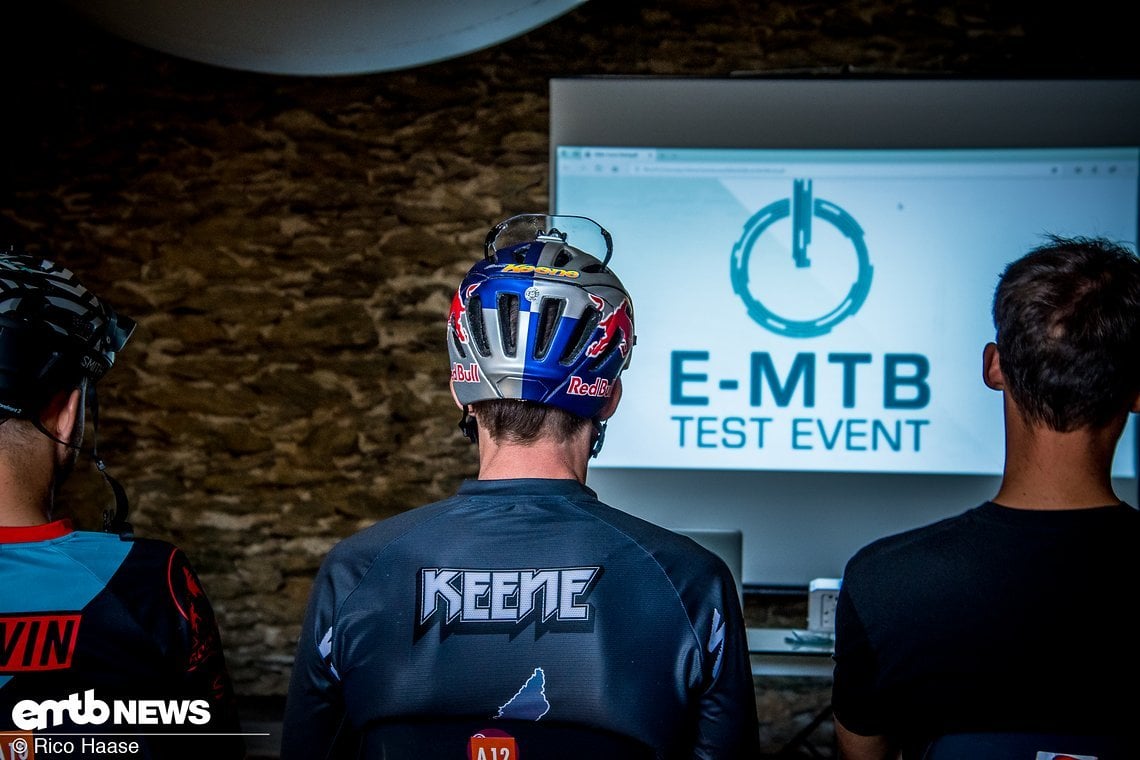
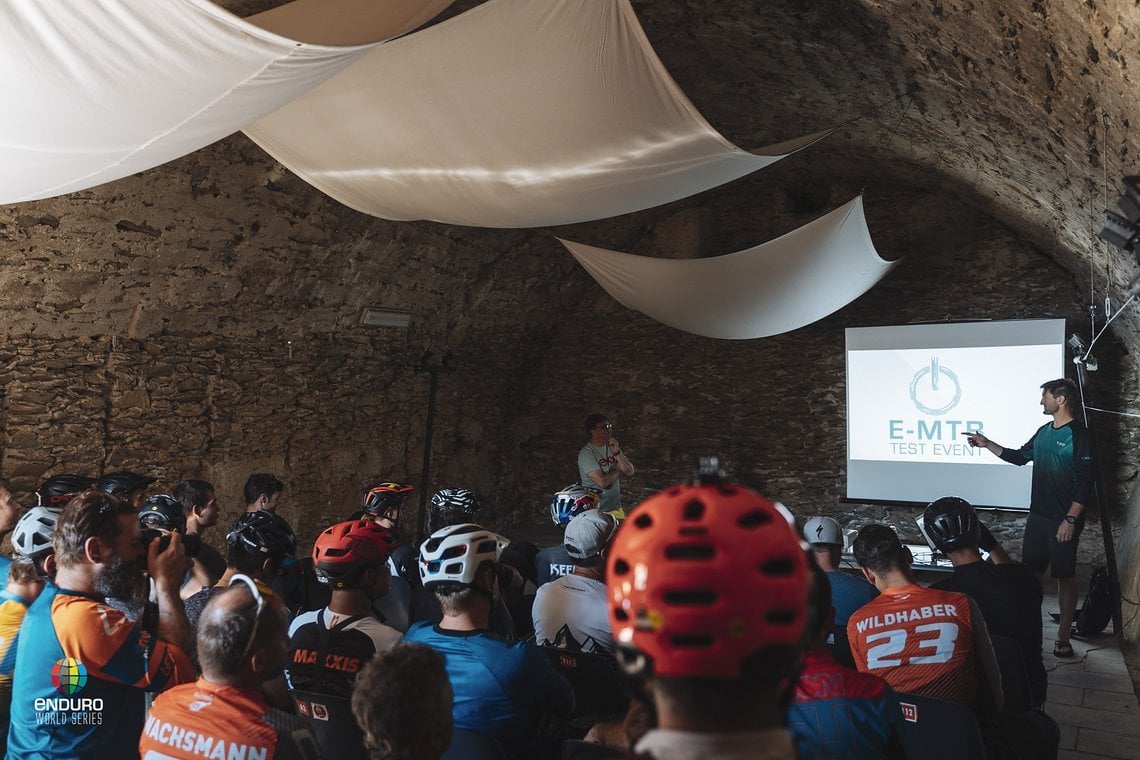
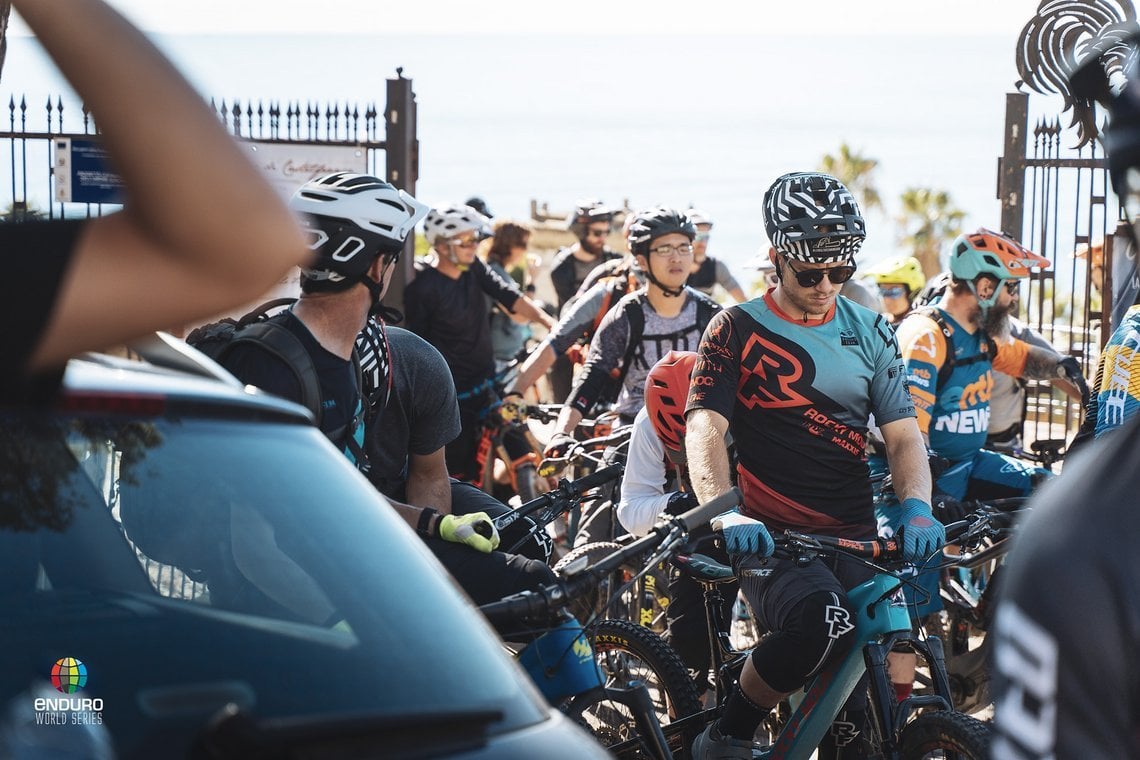
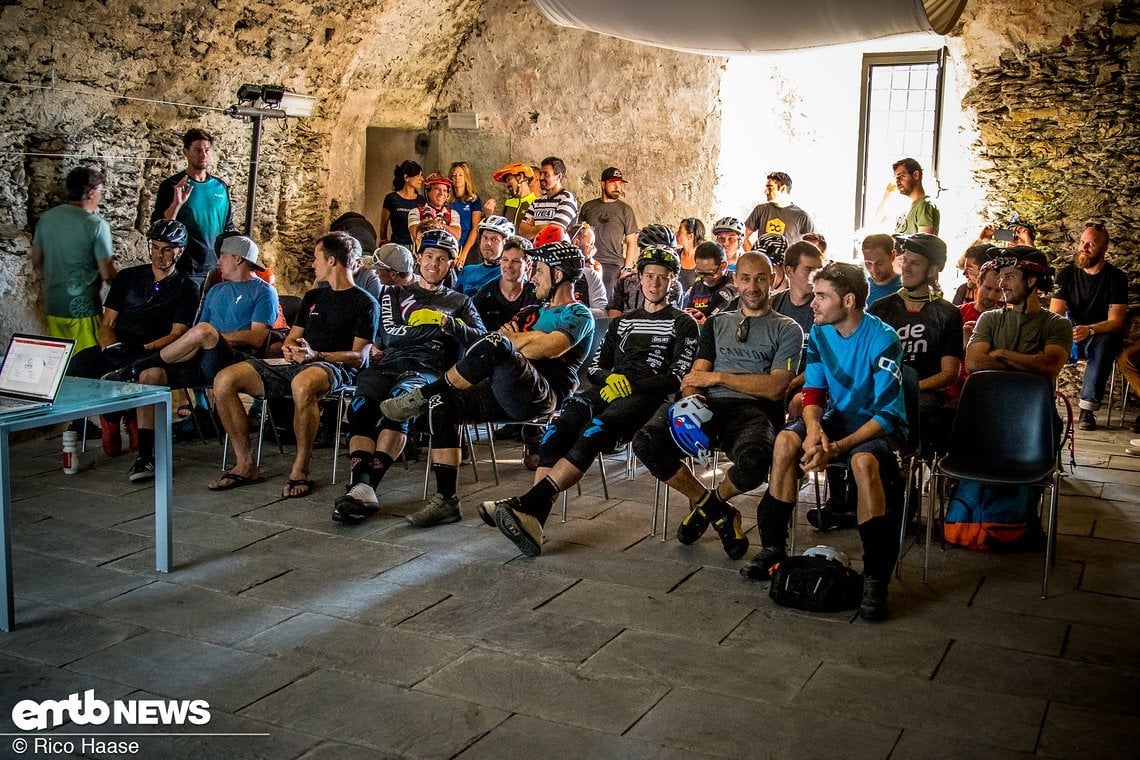
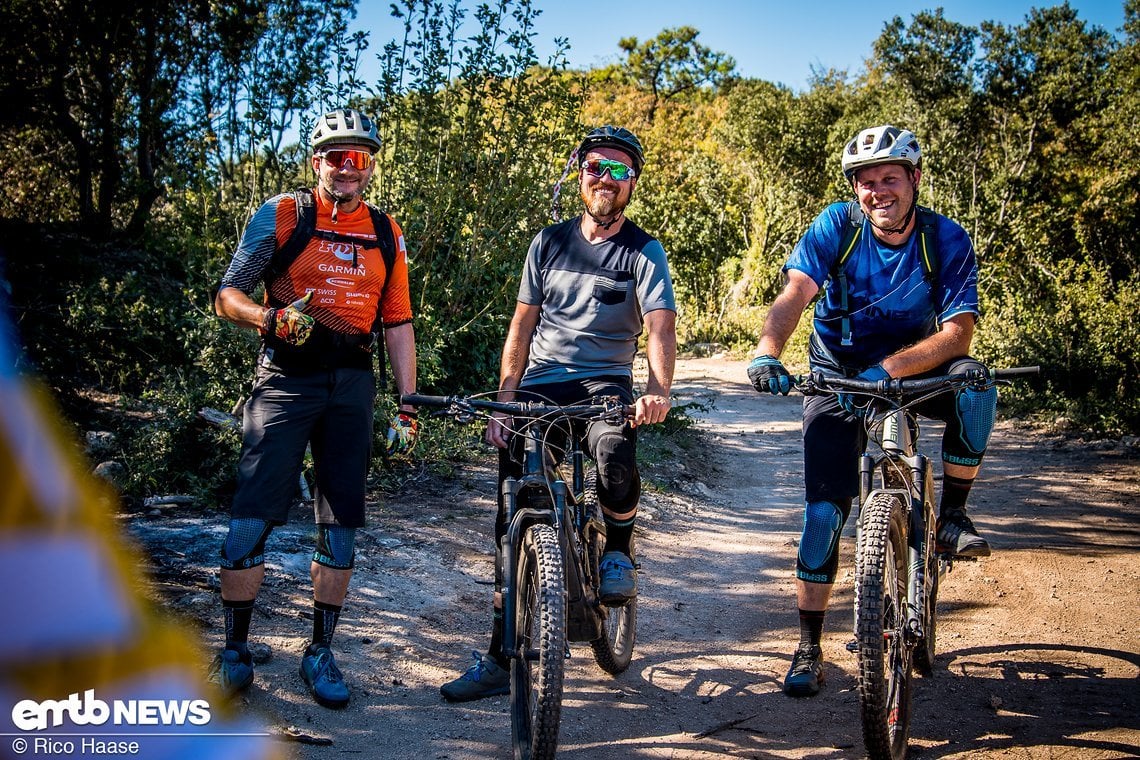
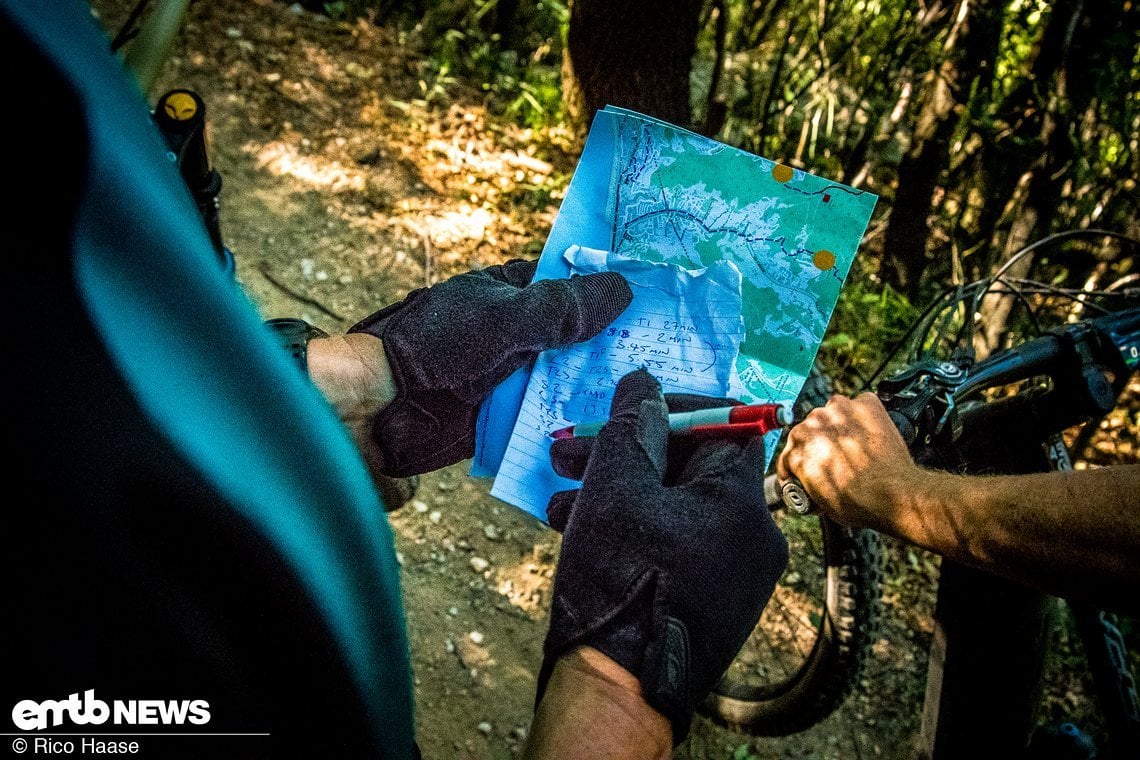
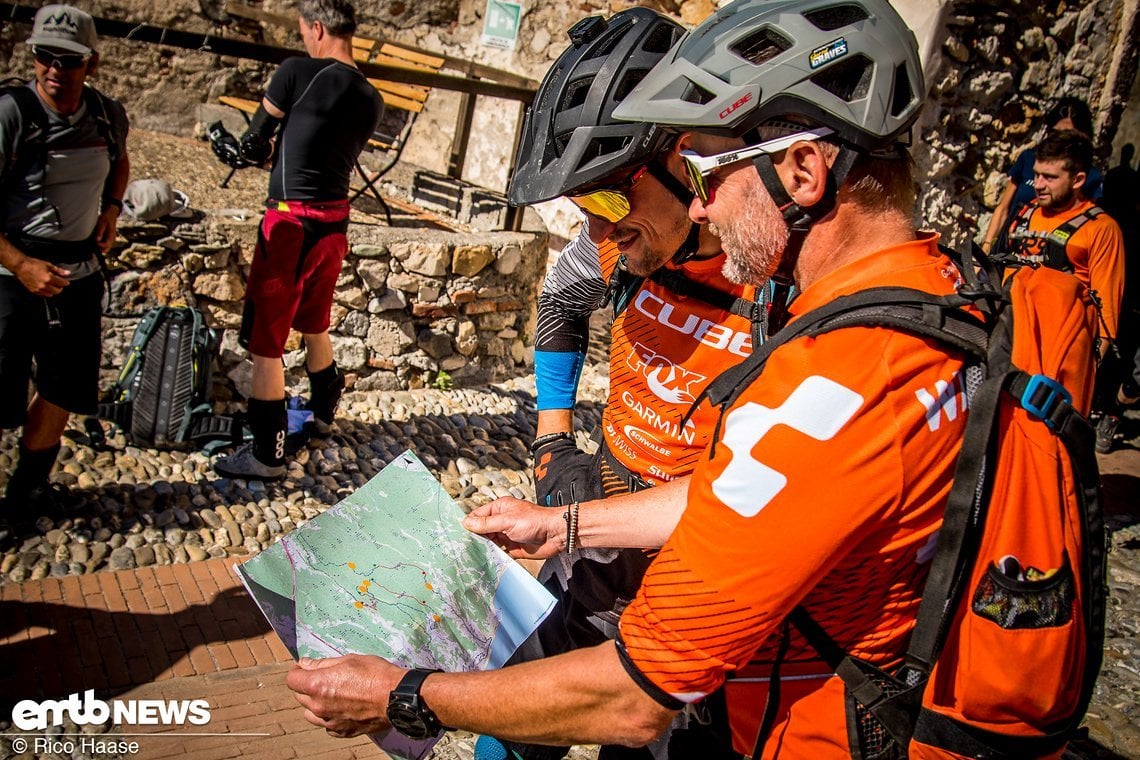
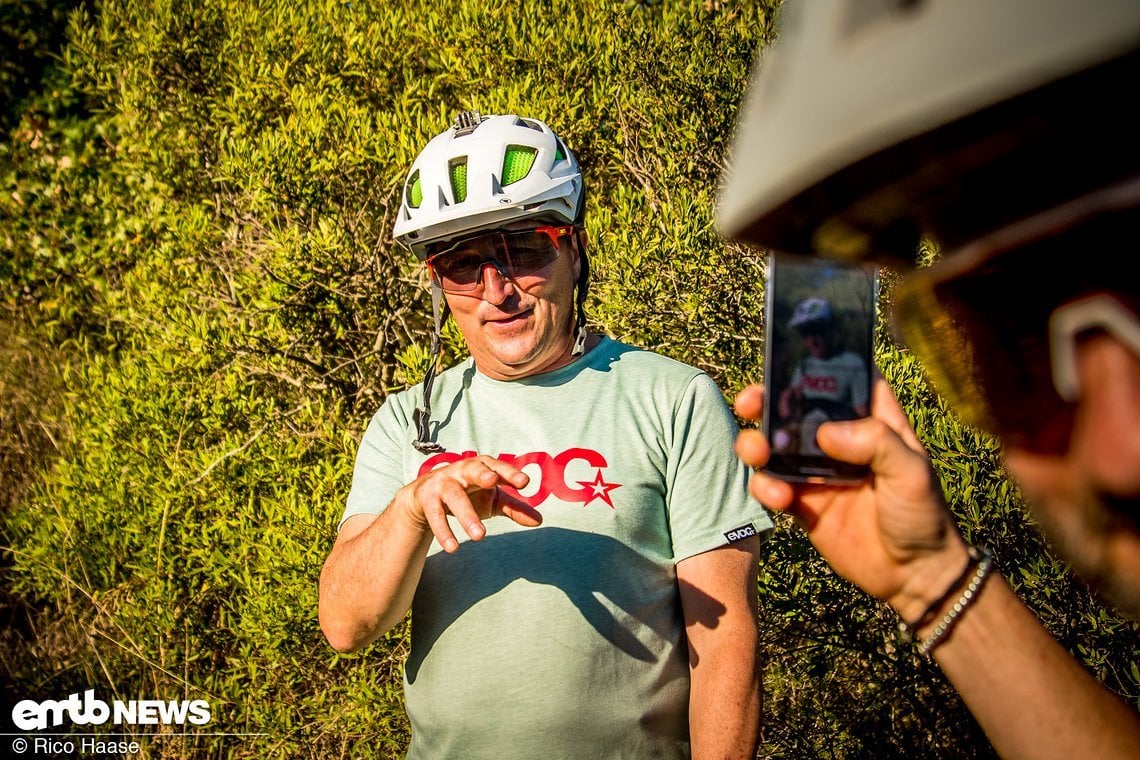
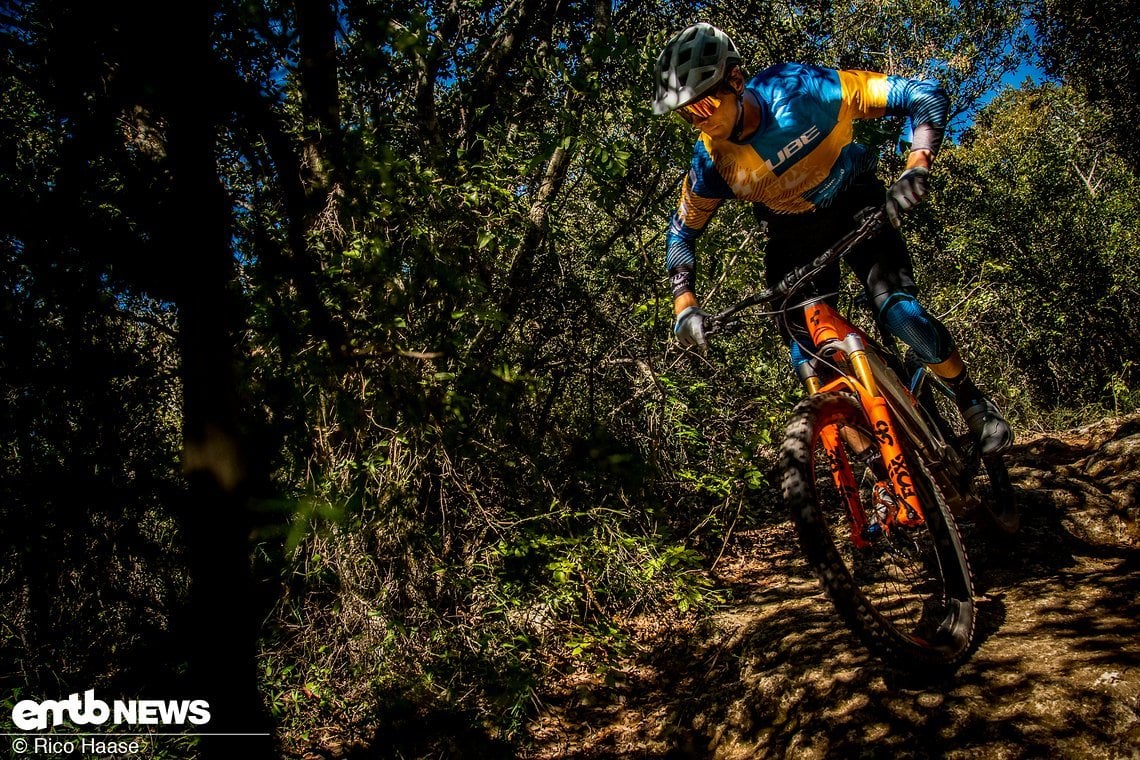
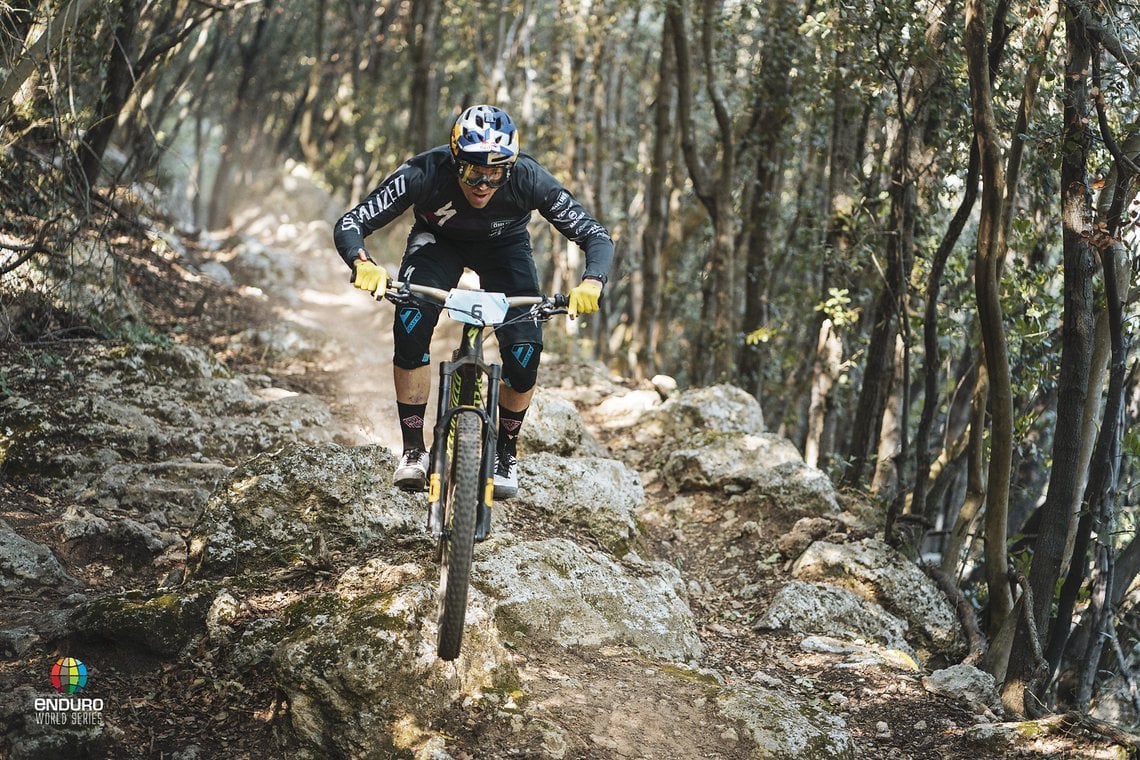
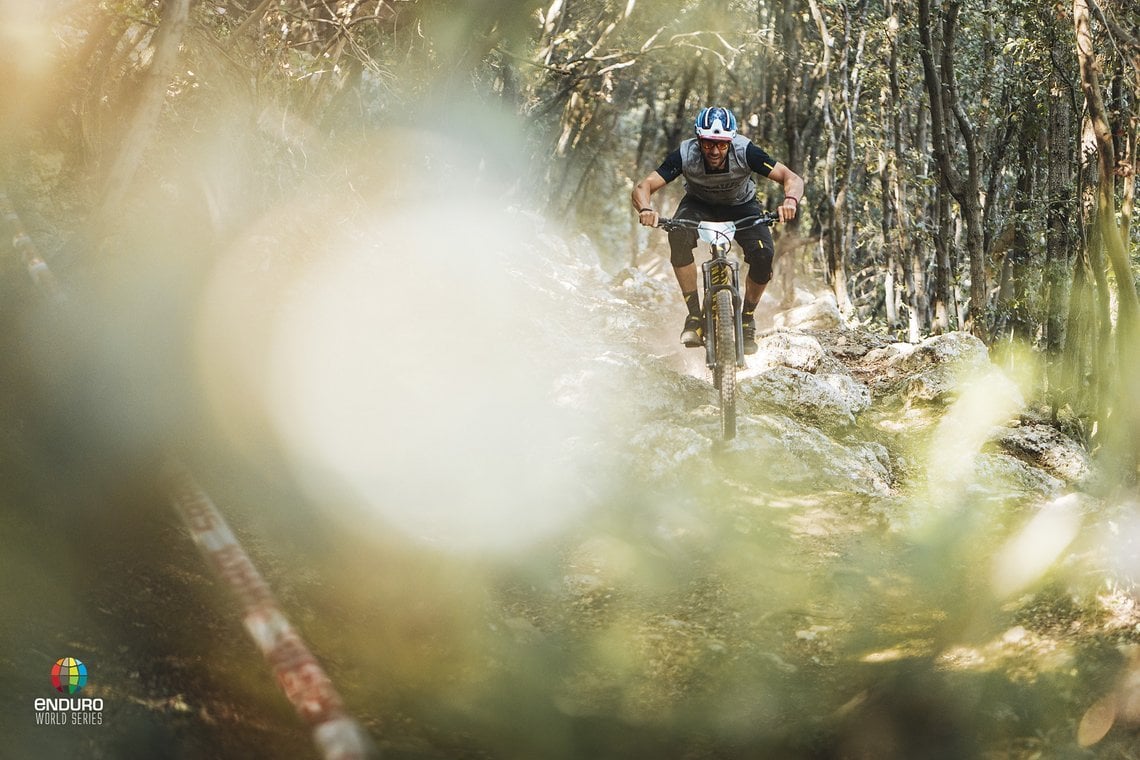
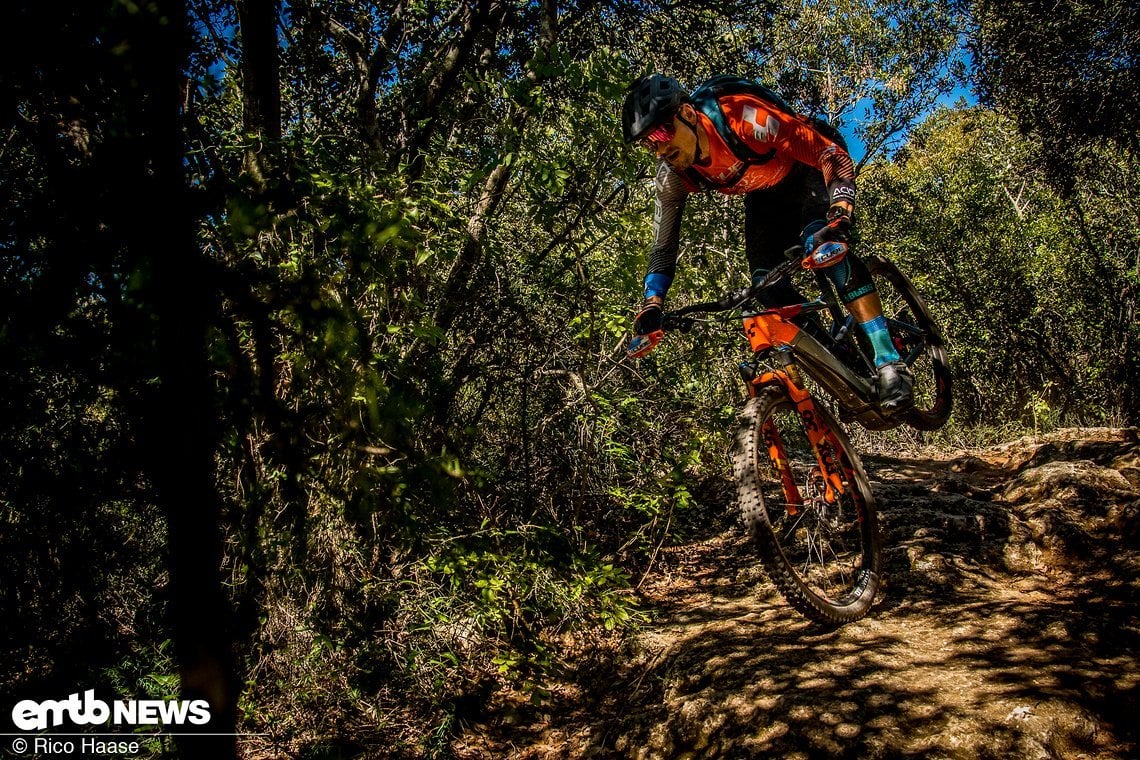
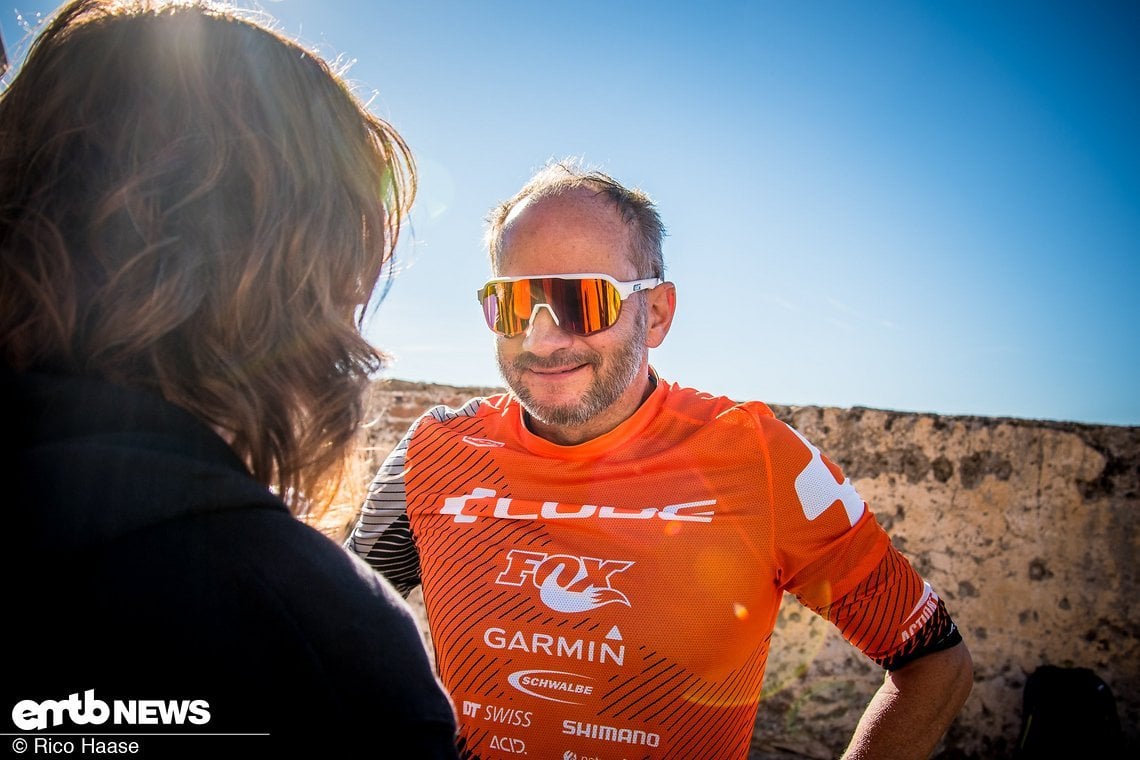
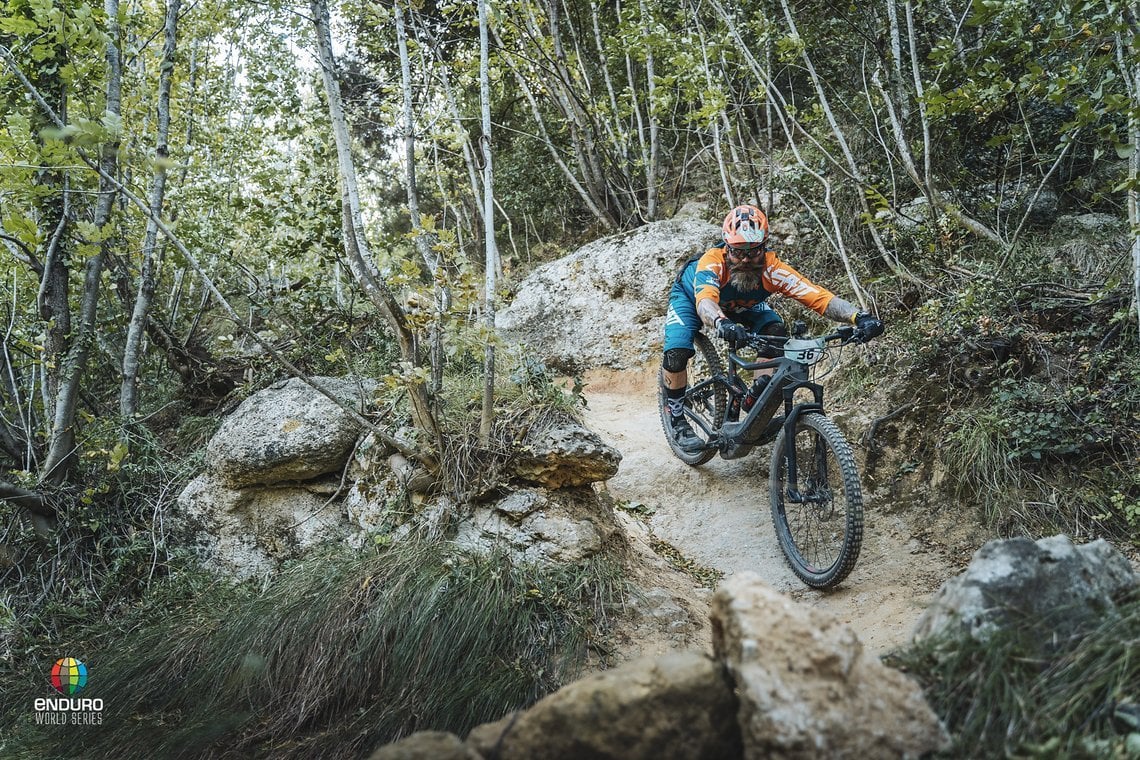
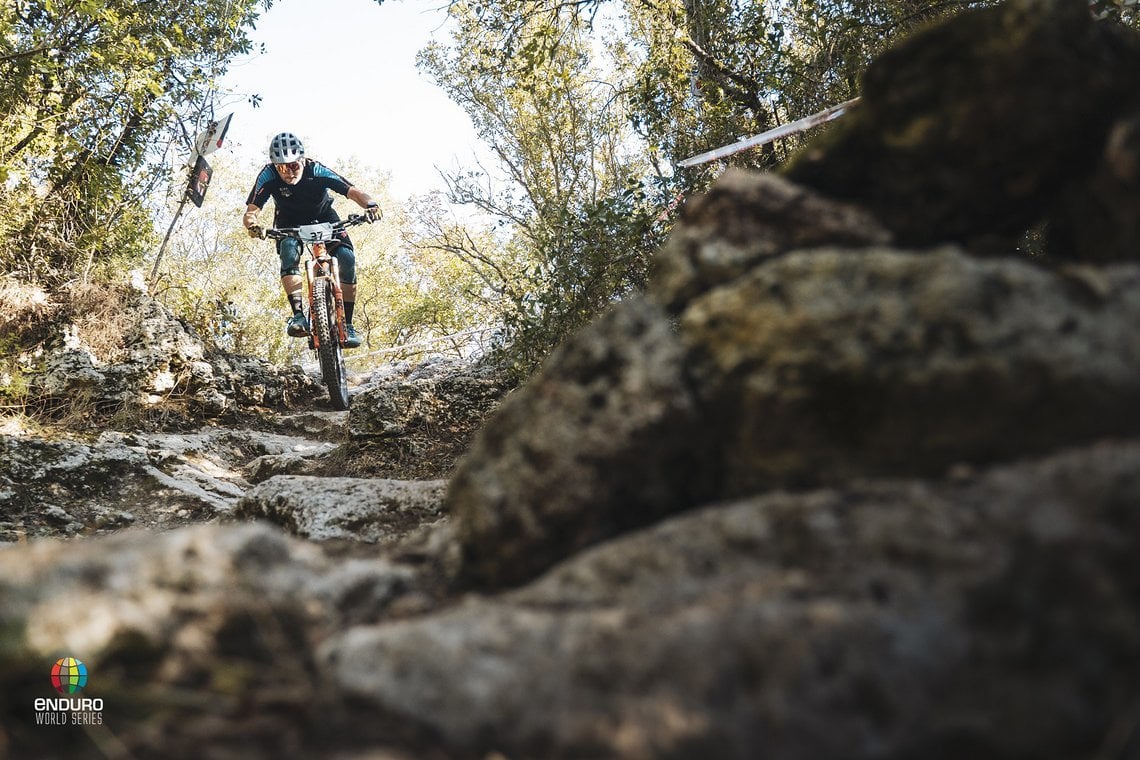
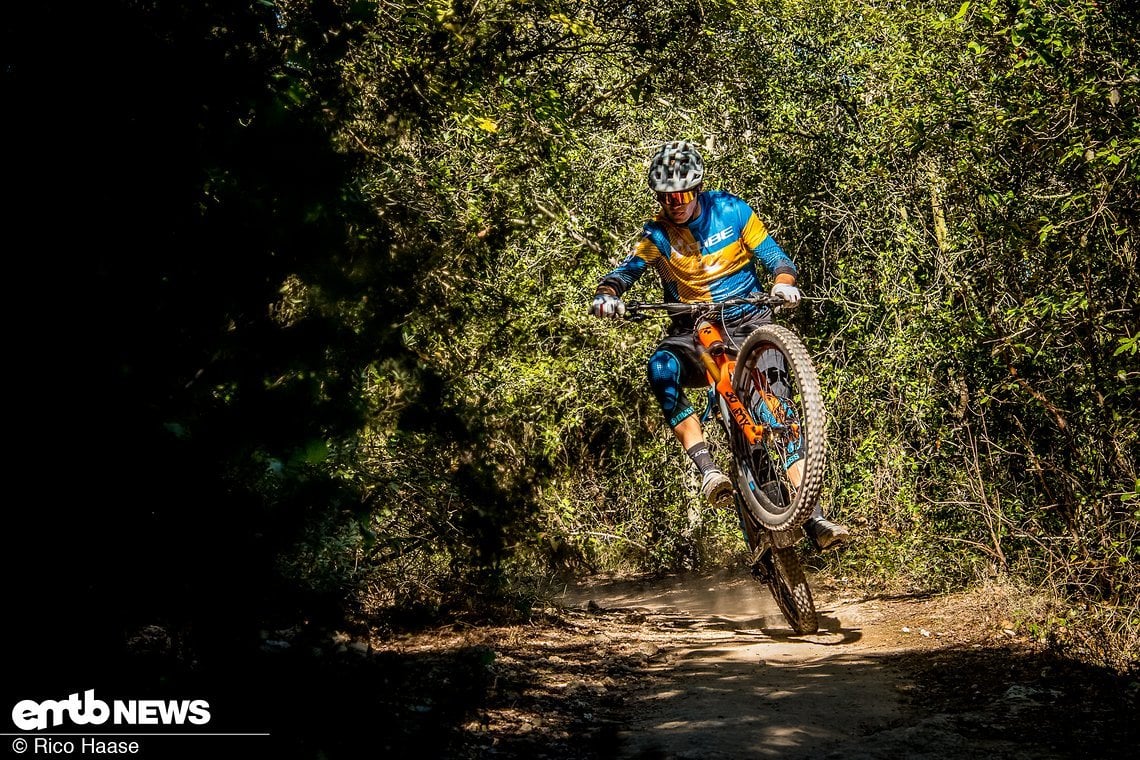
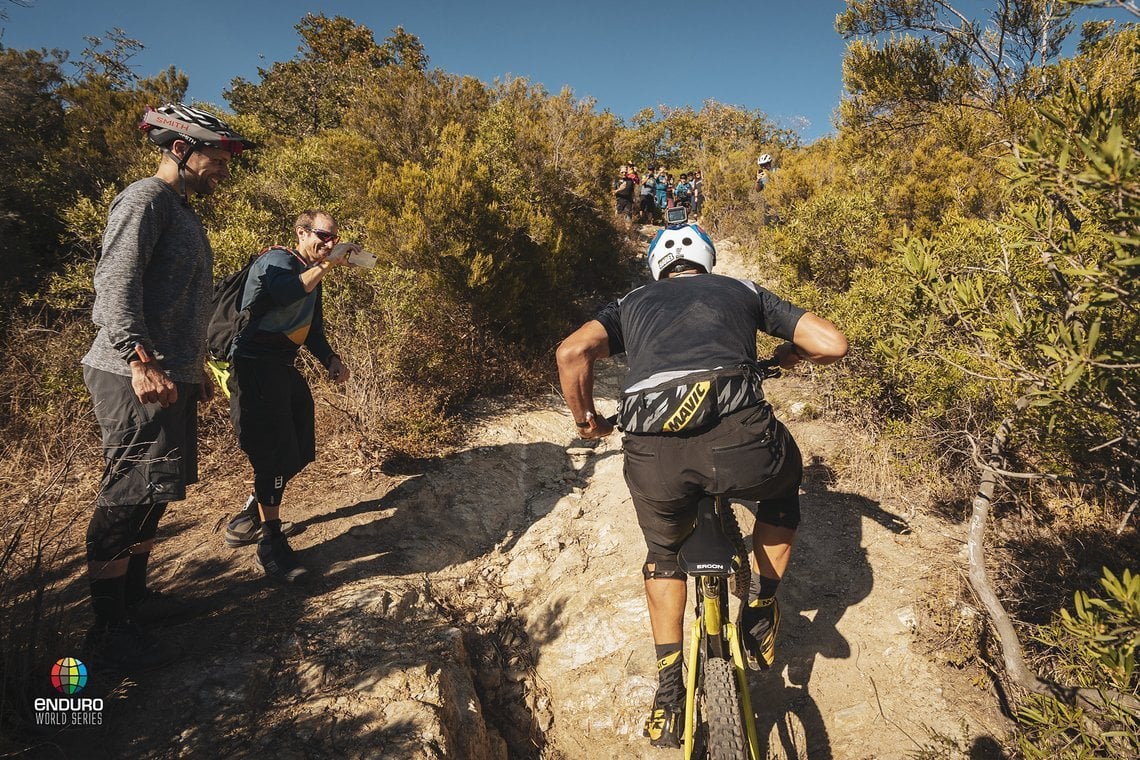
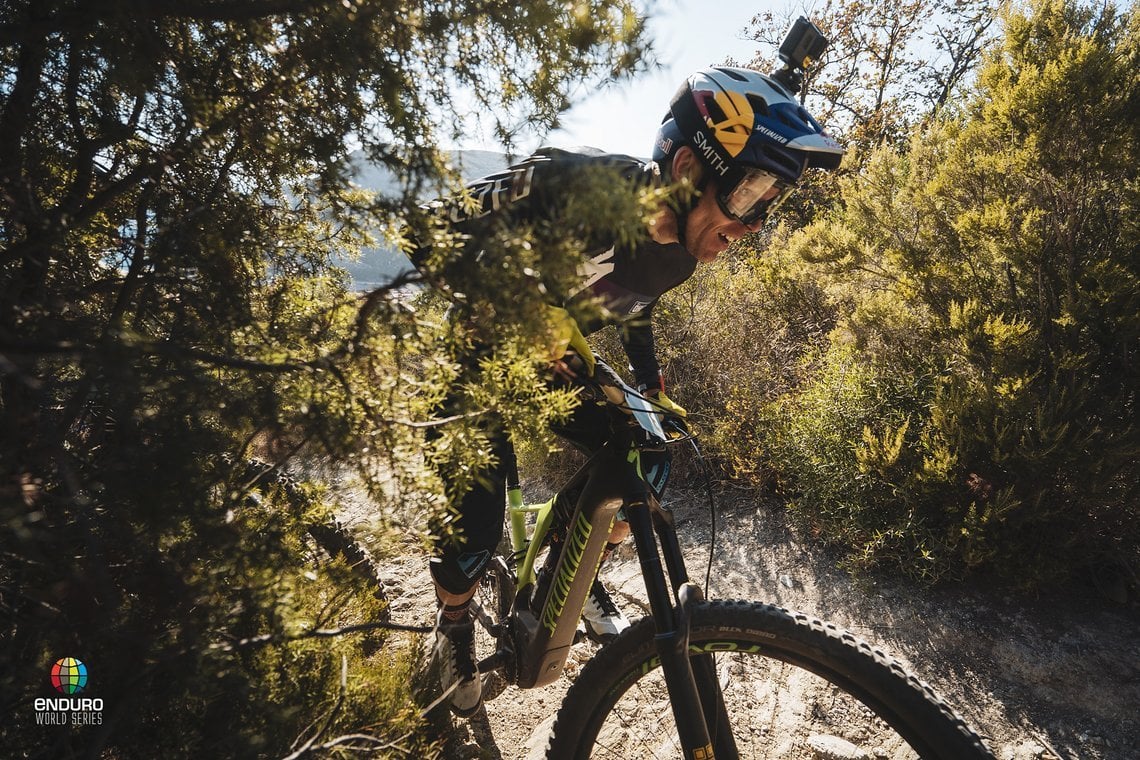
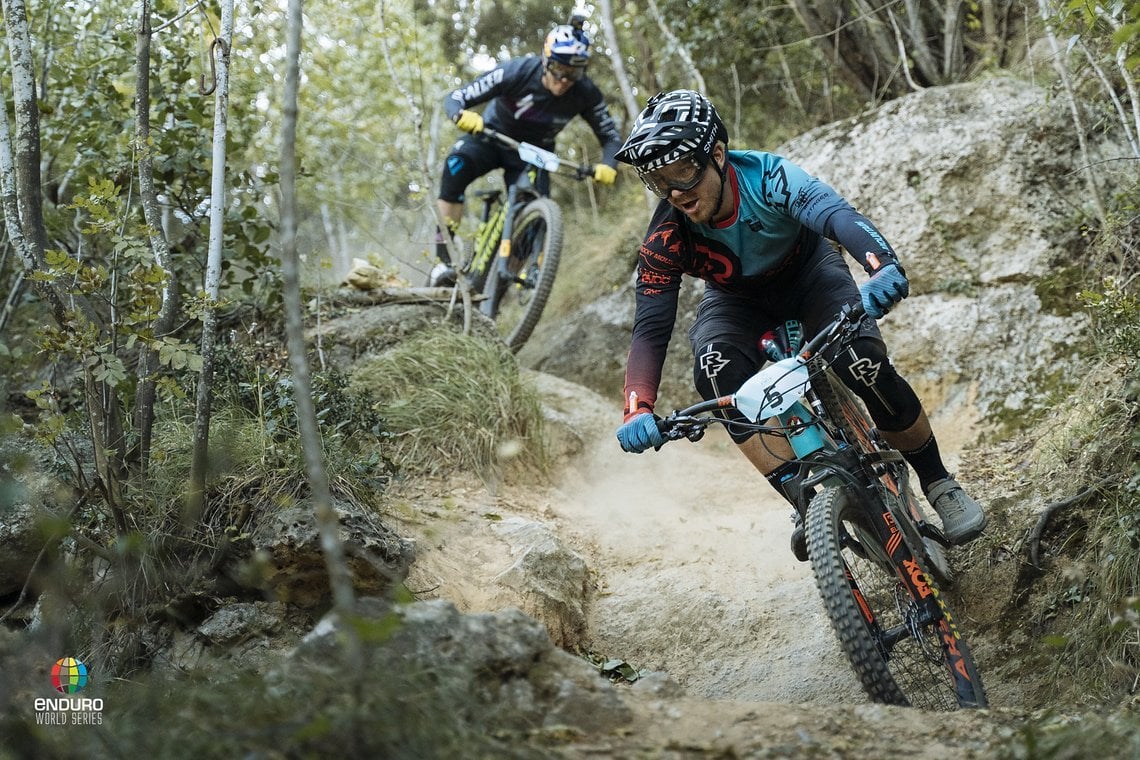
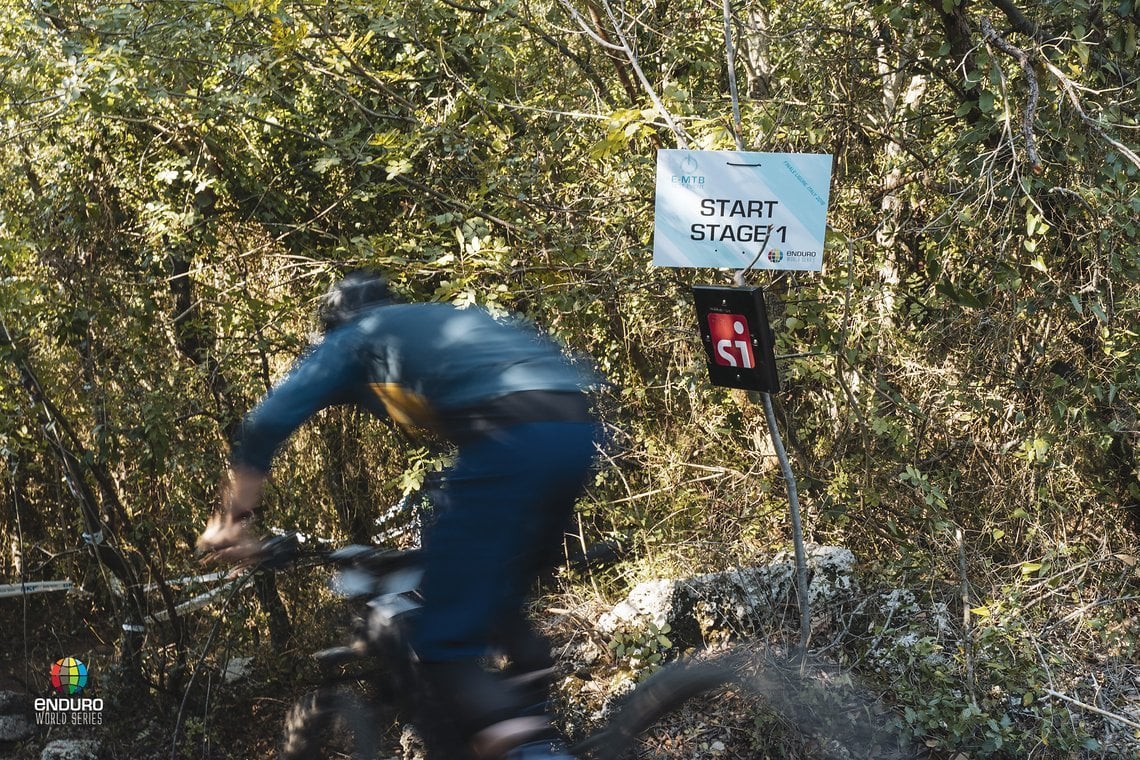
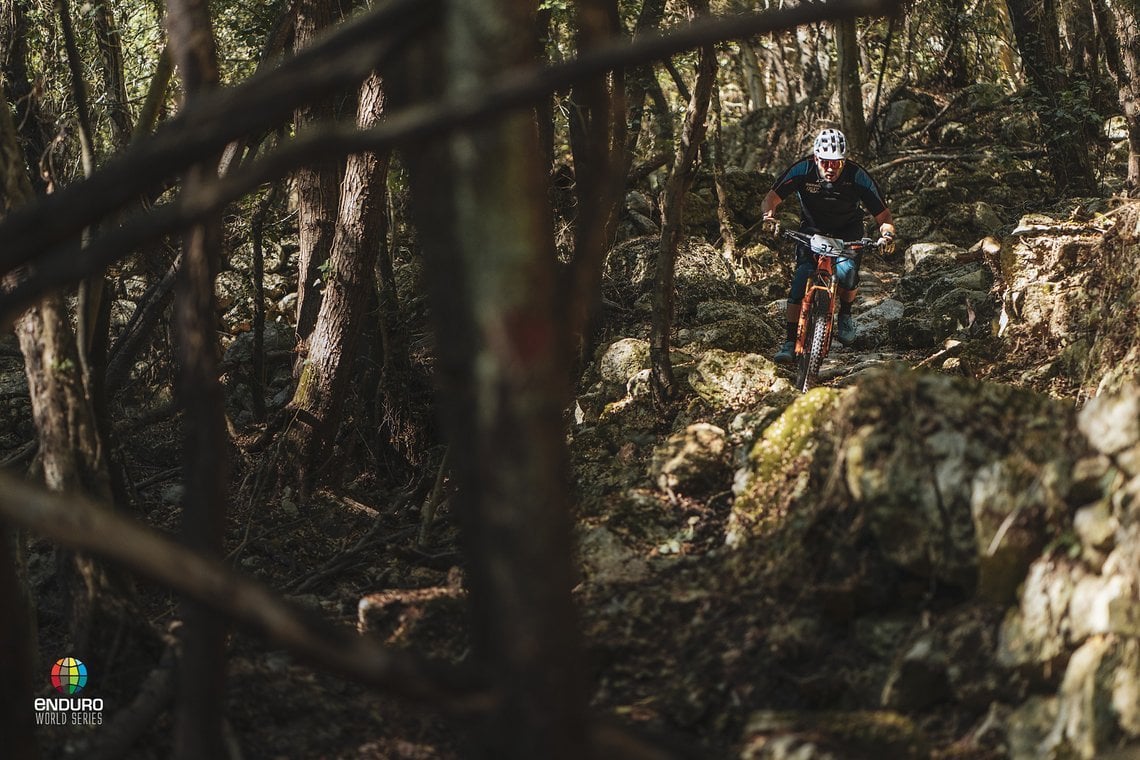
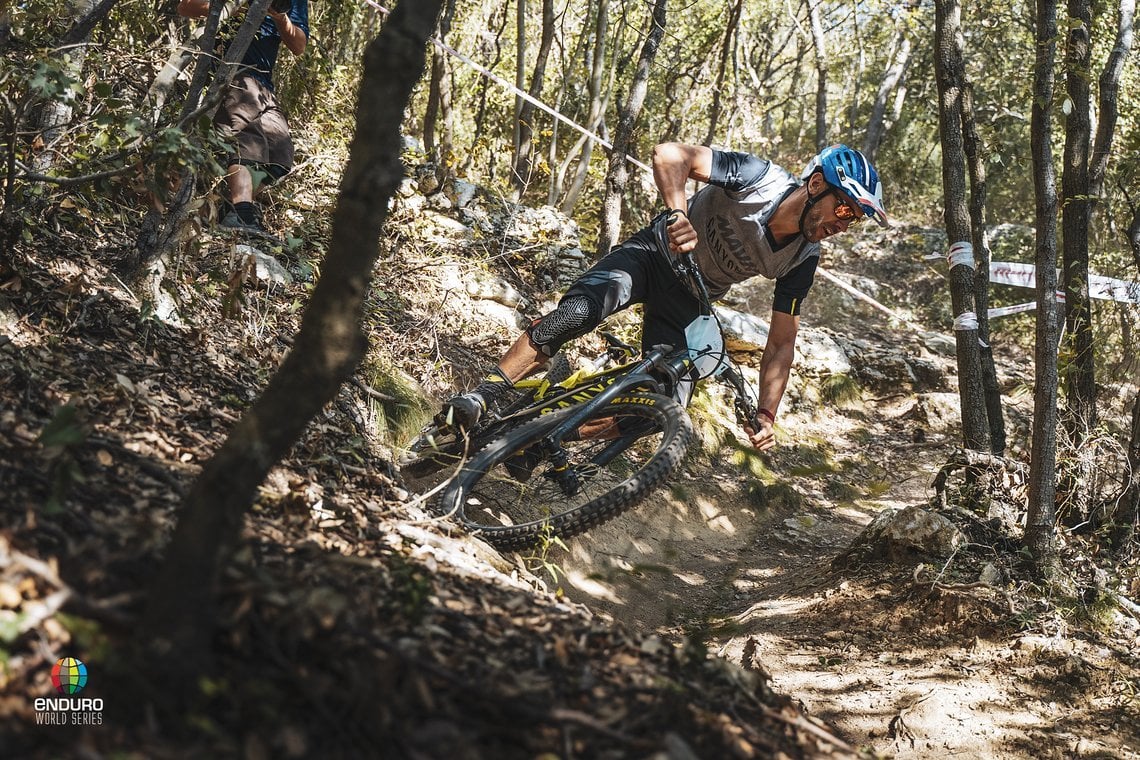
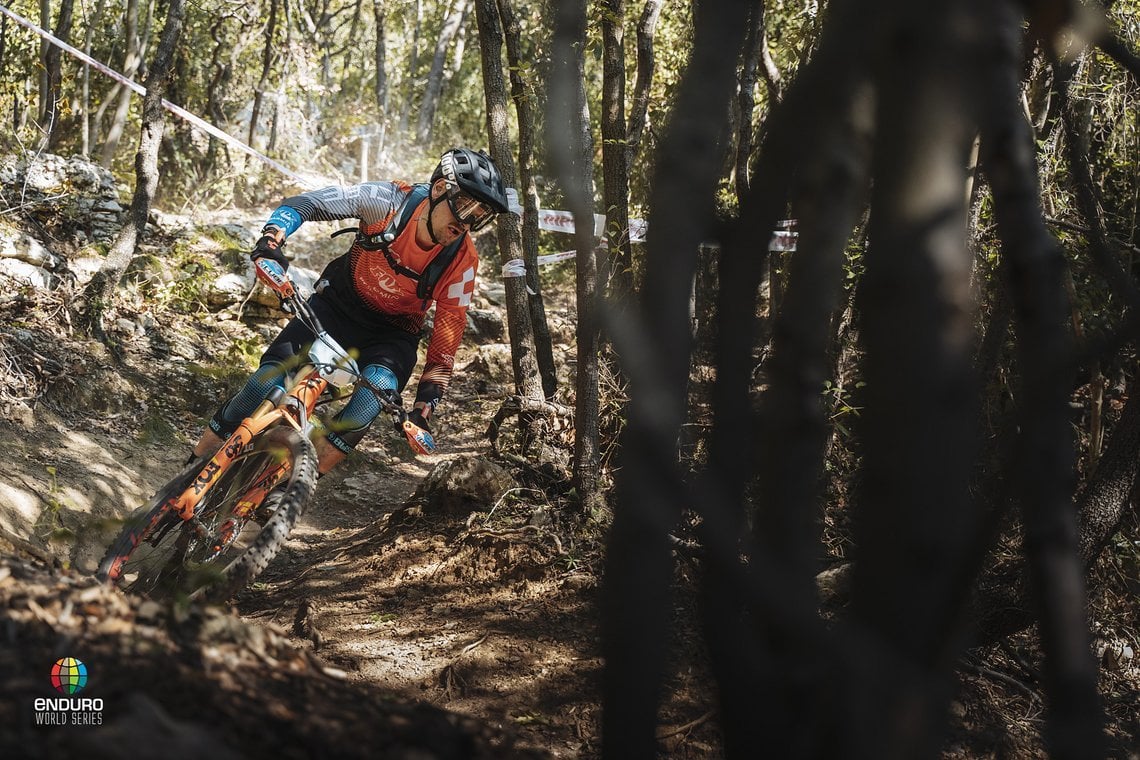
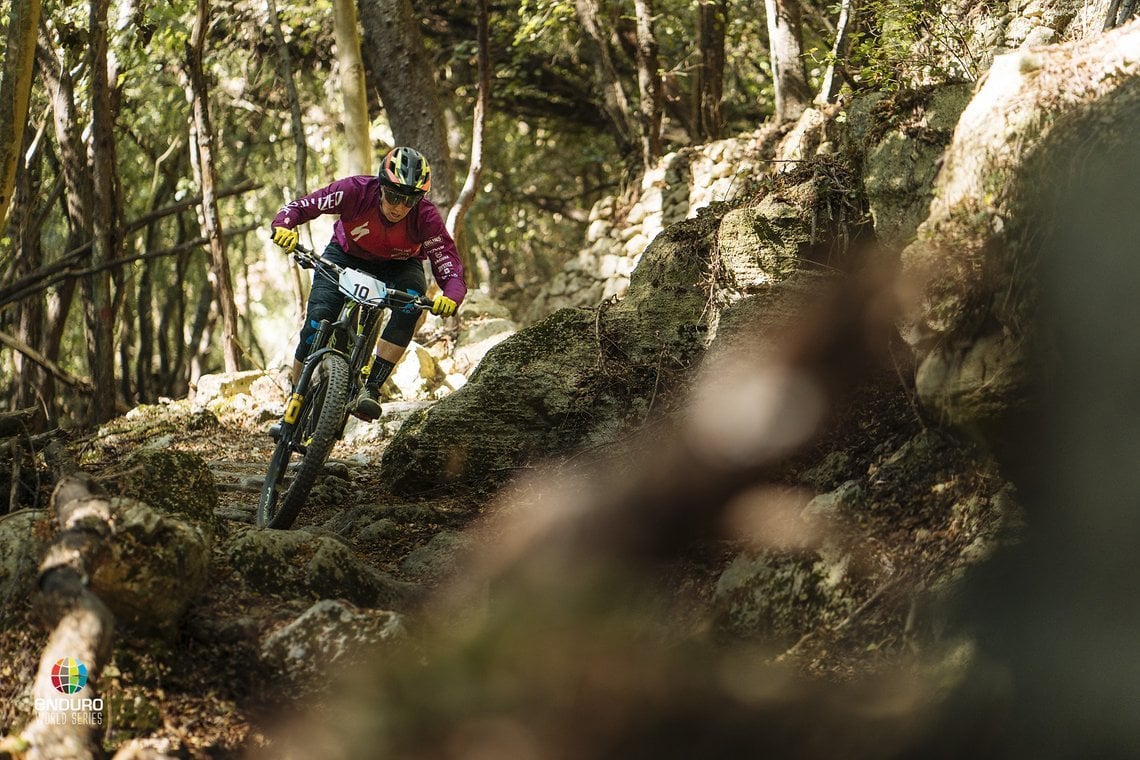
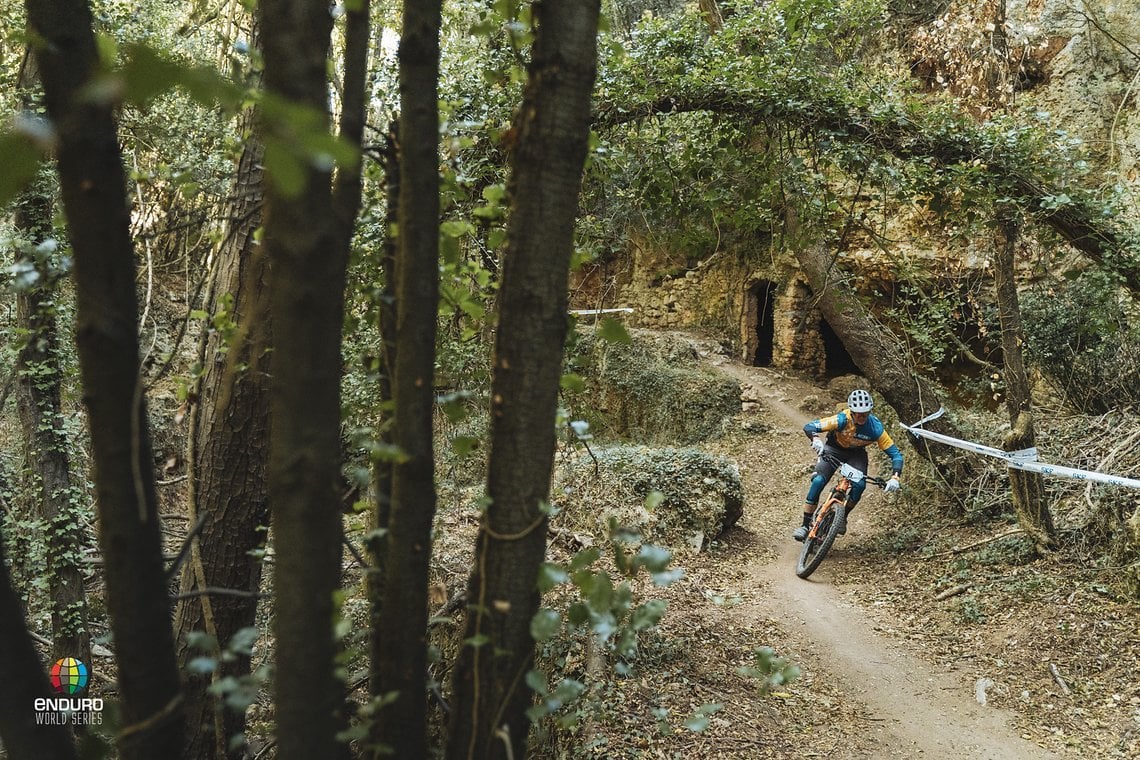
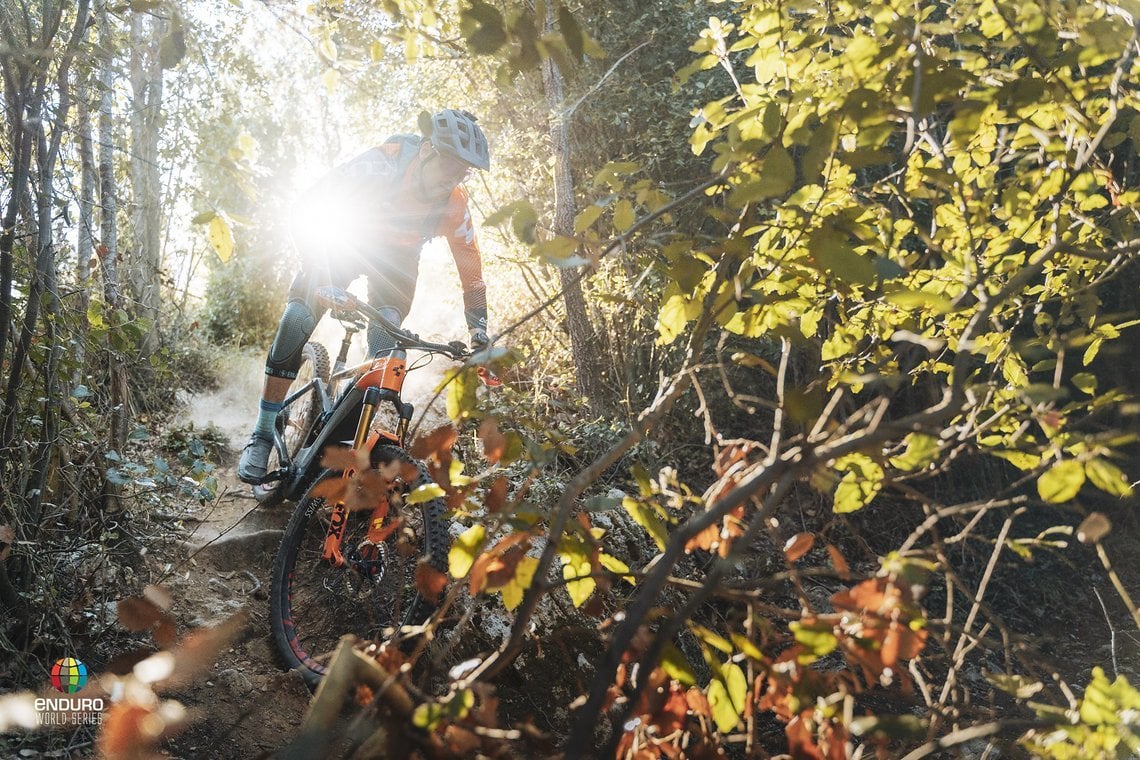
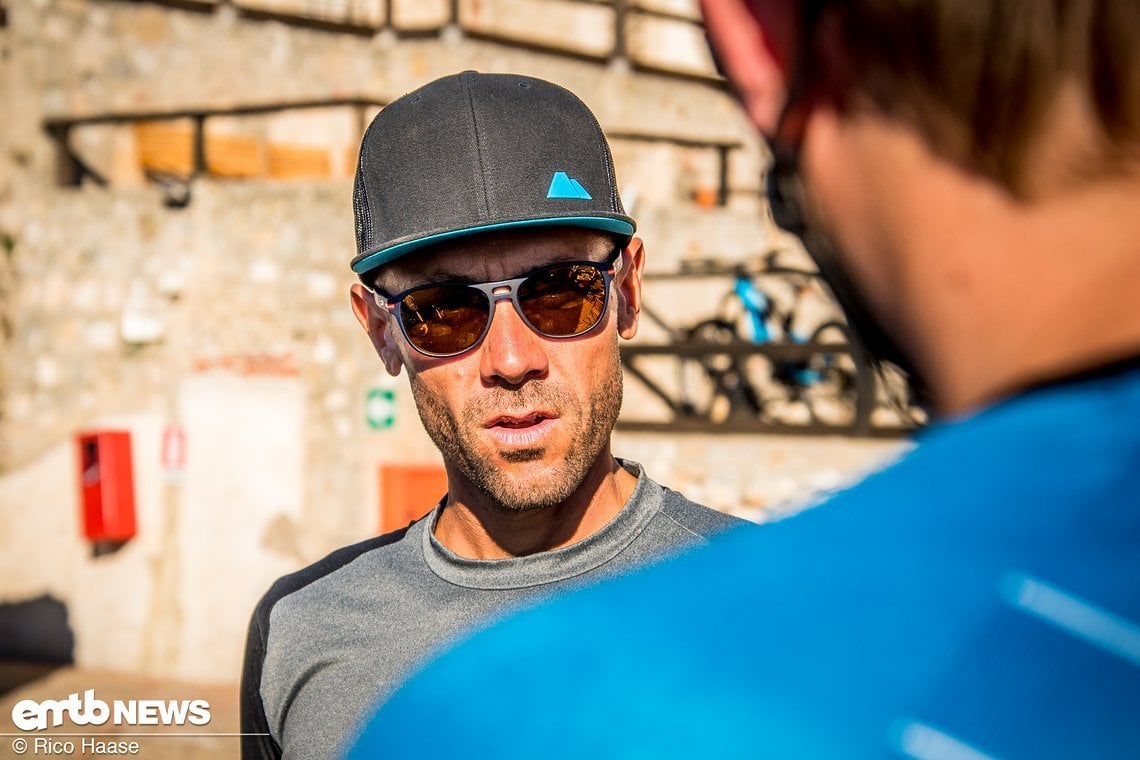
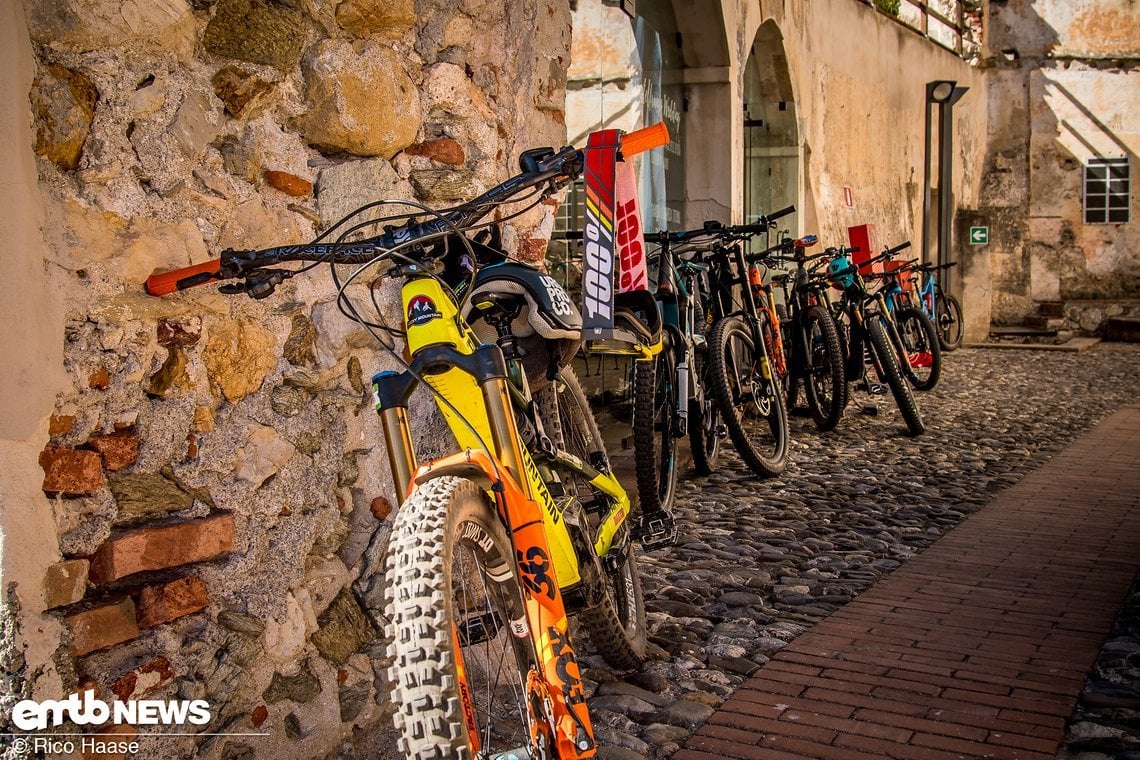
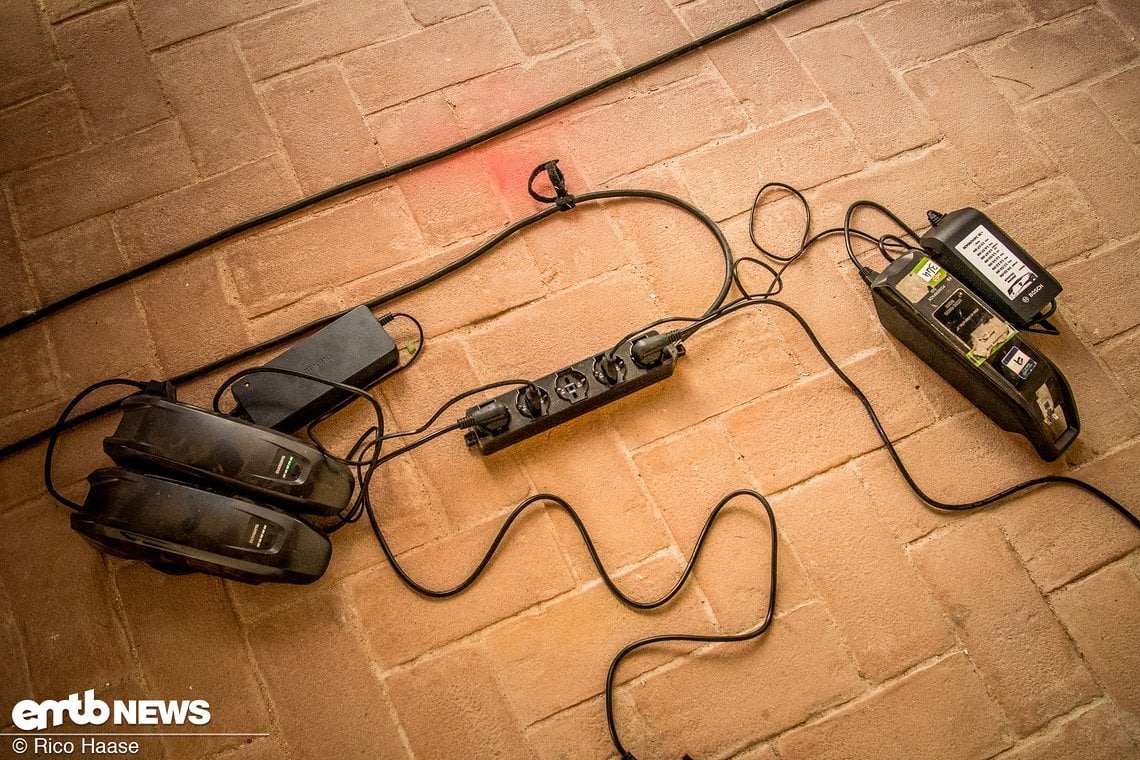
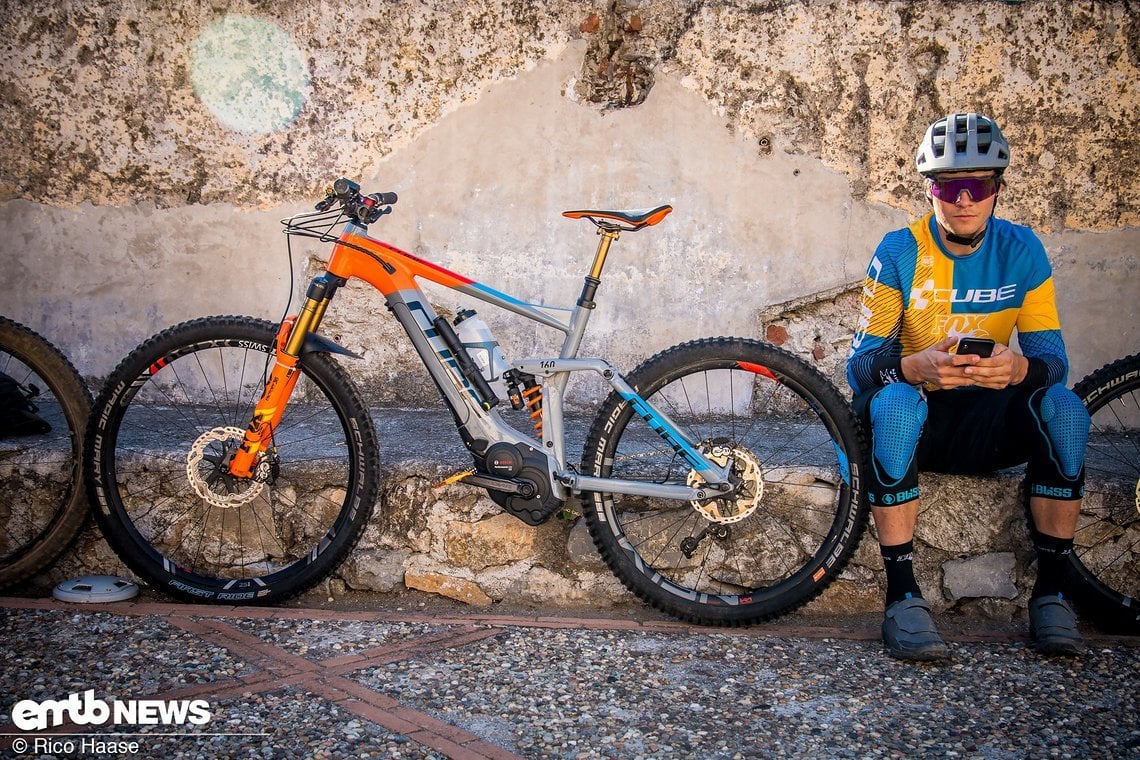
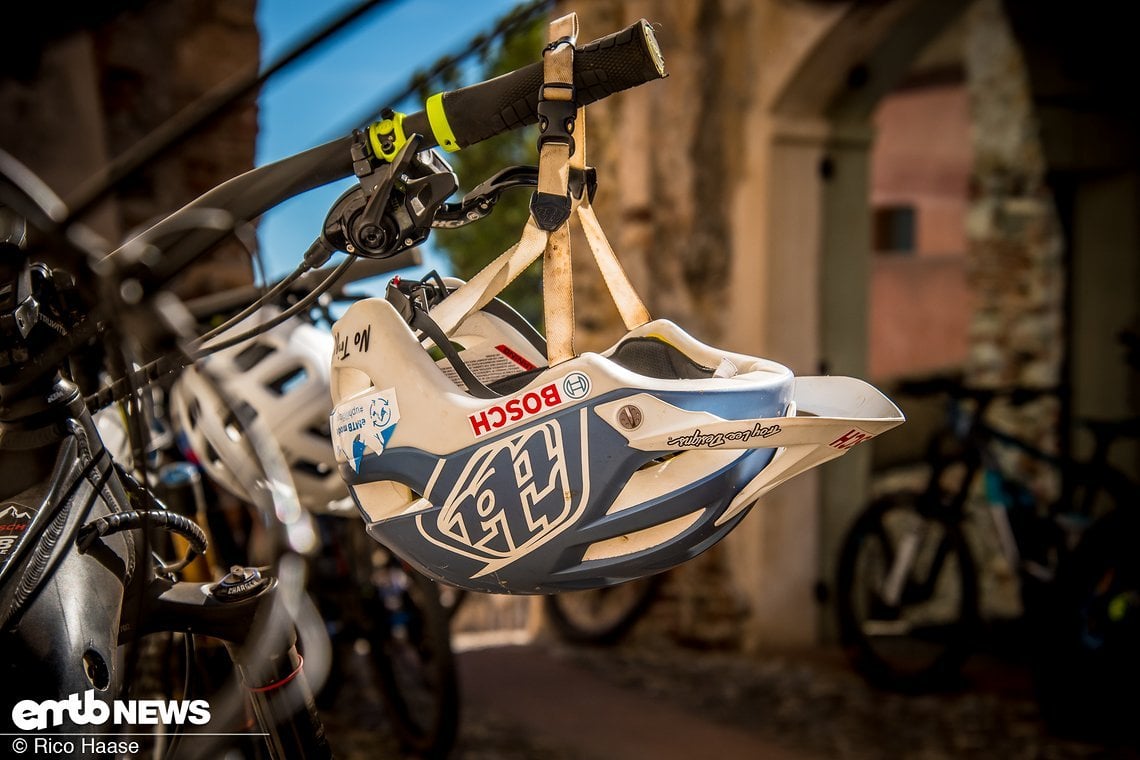
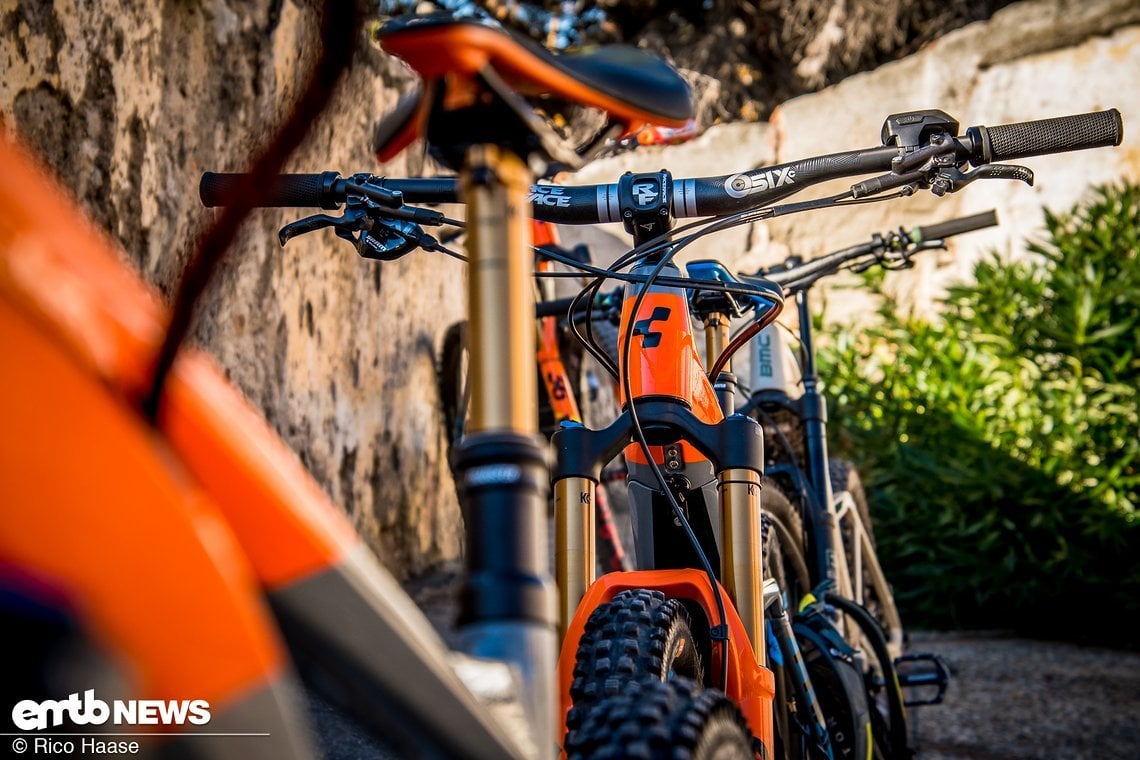
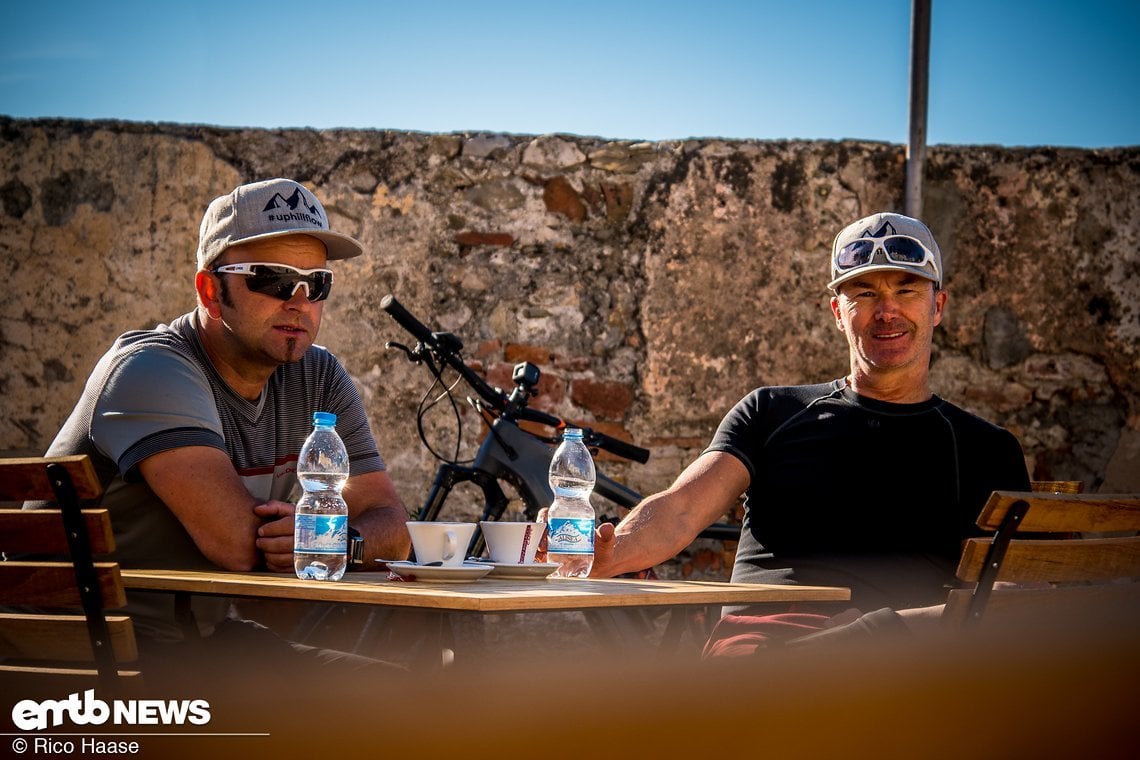
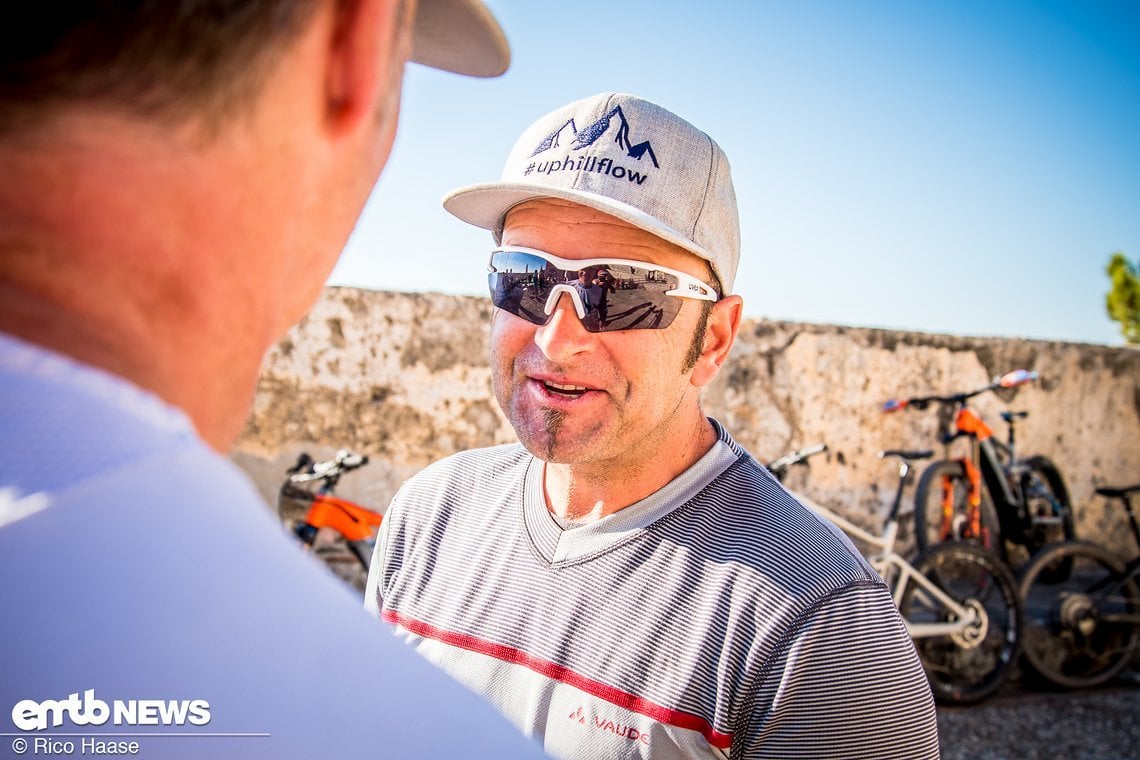
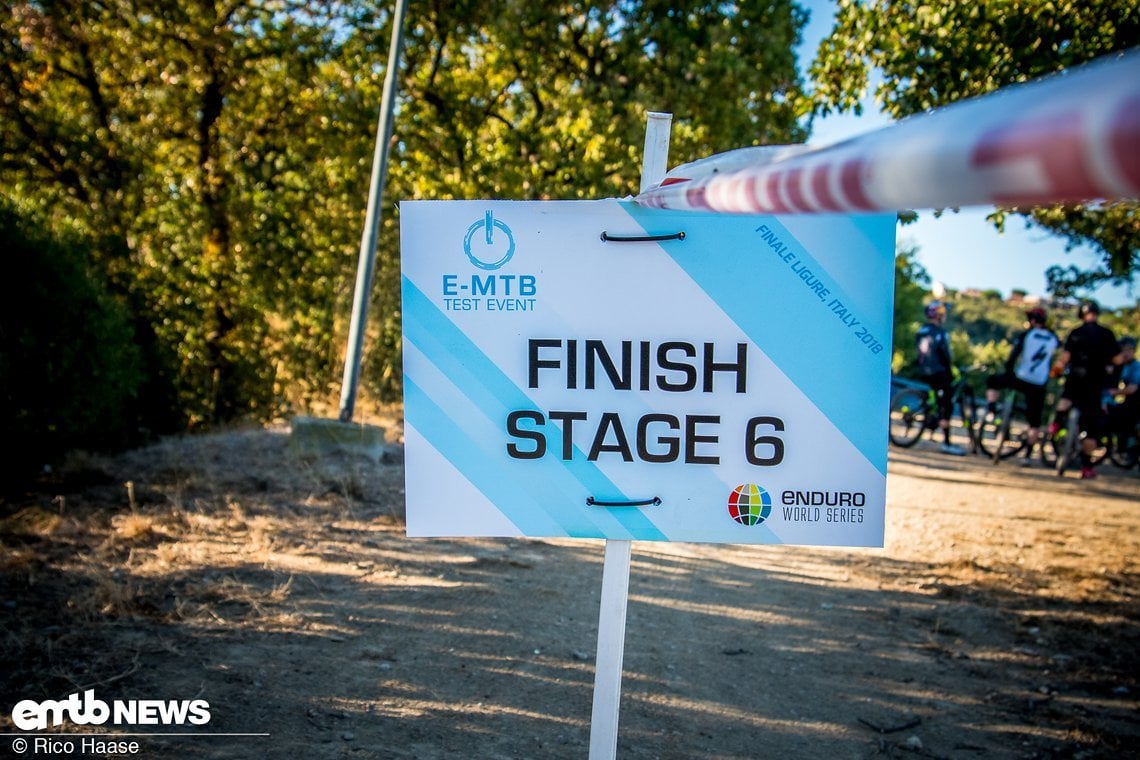
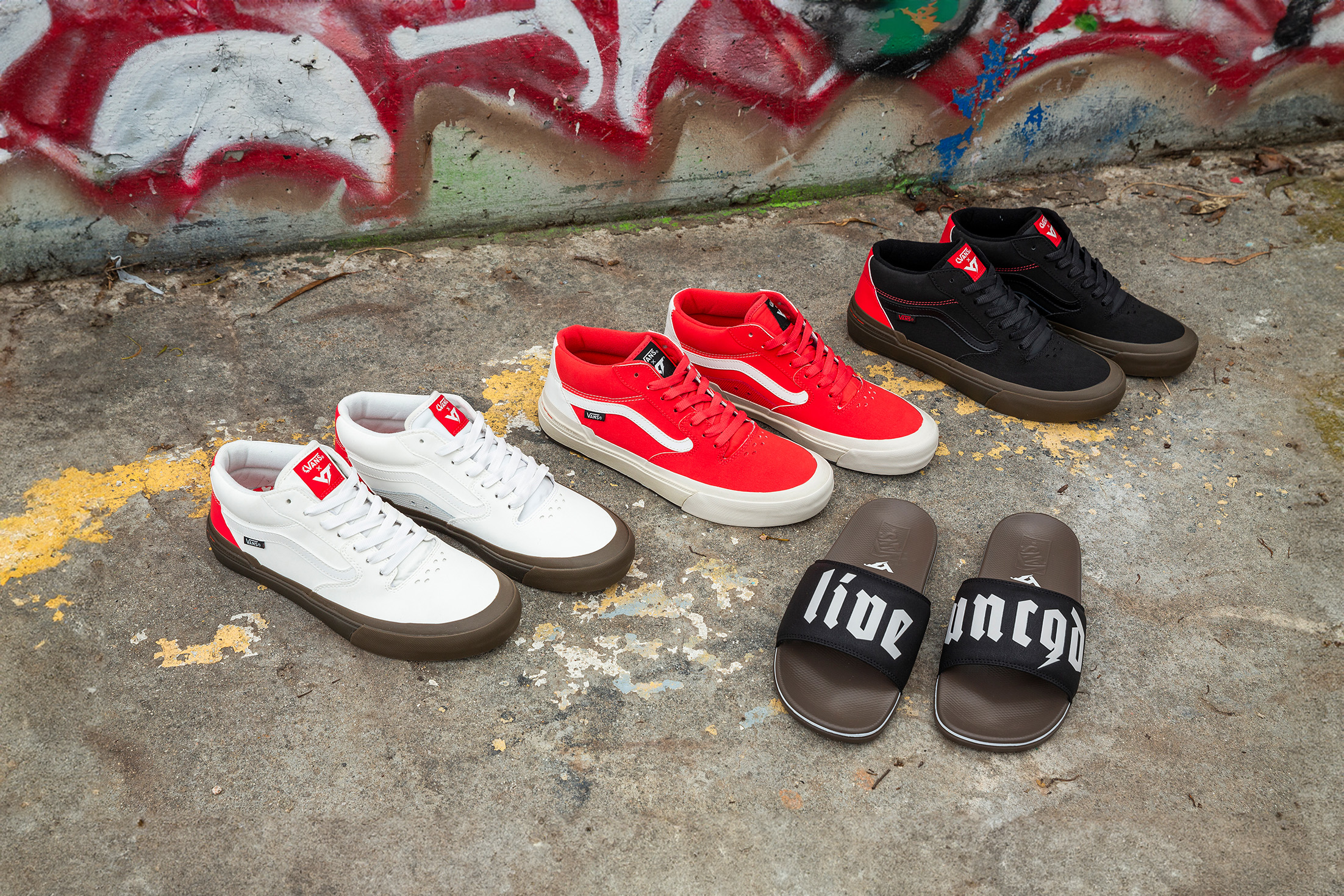

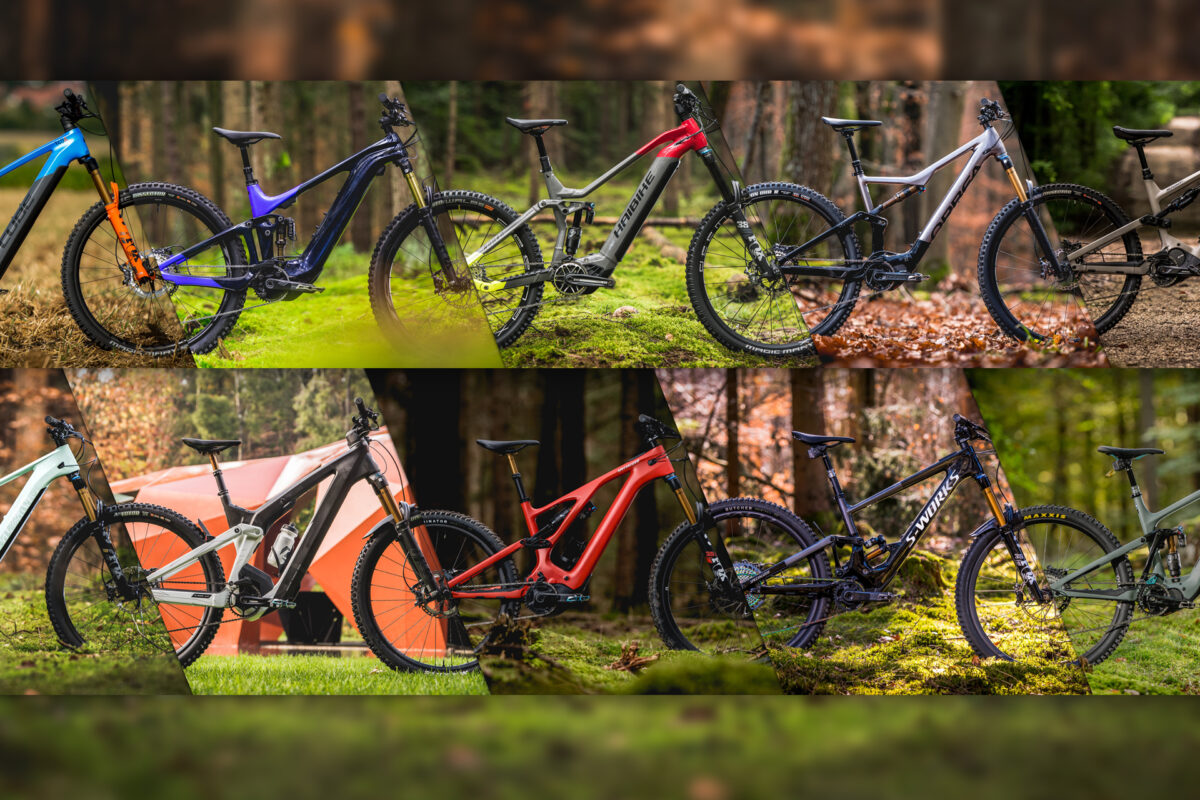
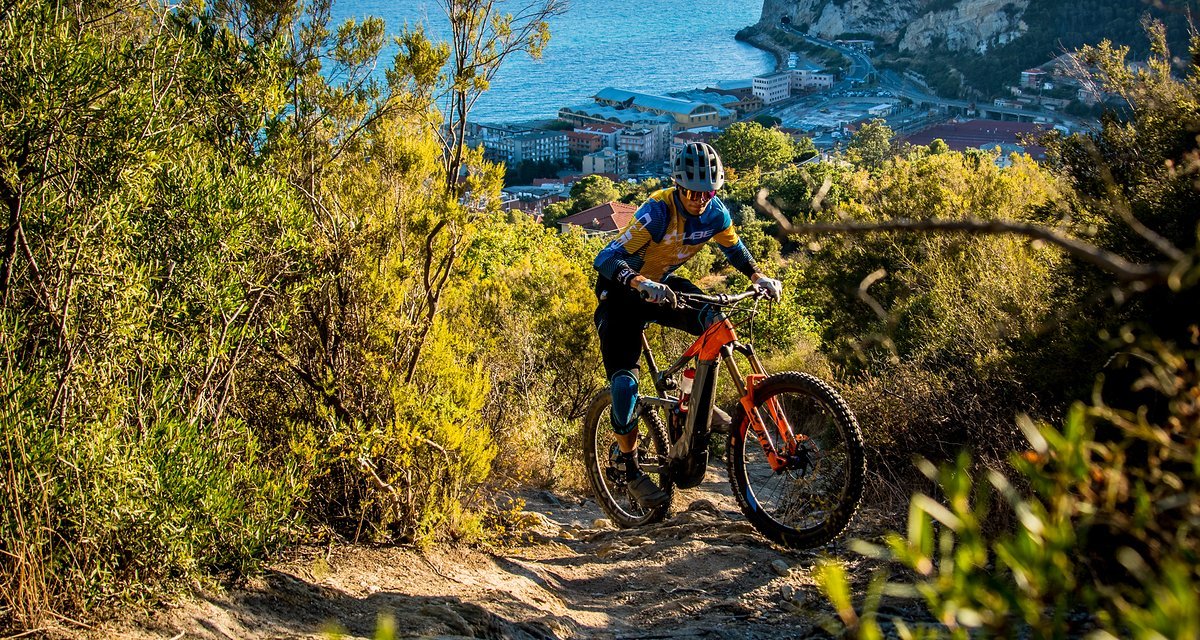






12 Kommentare